For many, a perfect shower system is more than just a place to cleanse—it's a private sanctuary for relaxation. Modern shower systems have evolved far beyond simple showerheads, integrating advanced technology and innovative designs. The global showerhead market, including shower systems, is projected to grow from USD 34.8 billion in 2021 to USD 48.9 billion by 2028, at a CAGR of 5.2% (Source: Global Market Insights).
This growth is fueled by rising demand for premium, personalized bathroom experiences. According to the NKBA Global Bathroom Study, over 60% of new homeowners are willing to allocate extra budget for upgraded shower systems, and 48% of households prioritize water-saving or eco-friendly features in their bathroom renovations (Source: NKBA Global Bathroom Study). Additionally, surveys show that 42% of consumers consider “rain showerheads” a must-have, while 35% value multi-function hand showers for flexibility (Source: Houzz Bathroom Trends Study).
Shower systems are also seeing increasing adoption in smart homes: smart showers, which allow temperature presets and app-controlled settings, are expected to account for 18% of the high-end shower market by 2025 (Source: Grand View Research). This article explores mainstream shower system, detailing their functions, pros and cons, and ideal applications, providing data-driven insights to guide your purchase decisions.
1: Standard Shower Systems
Standard Shower Systems
Standard shower systems are the most common type in households. They typically include a mixing valve (for water temperature and flow control), a handheld showerhead, a mount, and sometimes a fixed overhead showerhead. Around 55% of households use handheld-only setups, while 35% of new residential constructions opt for combination systems (Source: Home Innovation Research Labs, NKBA).
Advantages and Limitations
These systems are cost-effective and easy to install, with relatively low maintenance. However, they usually lack advanced features like multiple spray modes or precise temperature control, and water temperature may fluctuate when water pressure changes.
2: Rain Shower Systems
Rain shower systems are designed to simulate the experience of natural rainfall, offering users a luxurious and spa-like sensation. At their core is an oversized showerhead, typically ranging from 8 to 12 inches in diameter, or even larger. In the “Most Desired Shower Features” list, “rain showerheads” topped the rankings with 42% of the vote (Source: Houzz Bathroom Trends Study).
Installation Notes
Installing a rain shower system requires ensuring a water flow rate of at least 2.5 gallons per minute (GPM) and may require a booster pump. The pipe diameter should be at least 1/2 inch (recommended 3/4 inch), and the showerhead installation height is recommended to be 84 inches (approximately 7 feet) above the ground for the best experience.
3: Massage and Multi-Function Shower Systems
Massage and multi-function shower systems offer multiple pre-set water flow modes through a multi-function control valve and specially designed showerheads, such as rain shower, massage (pulse frequency 20-40 Hz), water-saving (up to 40% water savings), jet, and mixed modes. Many modern systems utilize “air-injection technology,” which mixes air with water to maintain a strong sensory experience while saving an average of 30% water (source: EPA WaterSense).
4: Body Spray Systems
Body spray systems expand the shower experience from a one-dimensional frontal rinse to a three-dimensional full-body envelopment. These are additional nozzles installed separately from the main shower valve, embedded within the shower wall, typically installed in pairs to spray water from the sides. Installing a body spray system requires meticulous planning during the initial renovation phase, involving complex plumbing work and precise positioning, and typically necessitates a dedicated booster pump and a larger water heater to ensure performance.
5: Digital and Smart Shower Systems
Digital shower systems completely replace traditional mechanical valves with electronic control interfaces, utilizing integrated circuits, digital thermostats, and wireless connectivity technology to provide precise temperature control (water temperature fluctuations within ±1°F), personalized presets, and advanced safety features (such as scald prevention). Smart shower systems further integrate Internet of Things (IoT) technology, enabling control via smartphone apps or voice assistants. The market size for smart bathroom products is projected to reach $4.94 billion in 2023 and is expected to grow to $9.5 billion by 2032, with a CAGR of approximately 7.52% (Source: Wise Guy Reports). The market penetration rate for smart showers has increased by 217% in recent years (Source: Industry White Paper), and through real-time feedback, smart systems can help households reduce shower water usage by an average of 20% (Source: Green Build Media).
6: Eco-Friendly and Low-Flow Shower Systems

In the context of increasingly scarce water resources and rising energy costs, eco-friendly shower systems aim to reduce resource and energy consumption while maintaining user experience. Showerheads certified by the EPA WaterSense have a flow rate of no more than 2.0 GPM, saving 20% water compared to standard models (2.5 GPM). A family of four can save over 2,900 gallons of water and the corresponding heating energy annually after replacement (Source: EPA WaterSense). Energy used for water heating is the second-largest source of household energy expenditure, accounting for approximately 18% of total energy consumption (Source: U.S. Energy Information Administration), so water conservation directly translates to energy savings. Installing a 2.0 GPM showerhead can save a household approximately $70 annually in energy and water costs (source: ENERGY STAR).
7: Accessible and Universal Design Shower Systems
Accessible shower systems, also known as walk-in shower enclosures, are designed for the elderly, people with disabilities, or anyone seeking to enhance bathroom safety and usability. At their core is “universal design,” which includes threshold-free design (eliminating tripping hazards), built-in seats, grab bars (capable of supporting up to 250 pounds, source: ADA Guidelines), and height-adjustable handheld showerheads. As the population ages, it is projected that over 20% of the population will be 65 years or older by 2030 (source: U.S. Census Bureau), driving a rapid increase in demand for such systems.
8: How to Choose the Right Shower System for You
Selecting a shower system requires considering multiple factors:
Existing infrastructure: Measure water pressure (ideally 45-55 psi), inspect pipe material (modern PEX pipes are preferable) and size (at least 1/2 inch), and assess water heater capacity (50 gallons or more if supporting multiple body sprayers).
Budget range: Prices vary from economical ($50–$300) to high-end ($1,500–$5,000+).
Personal preferences and lifestyle: Consider user experience (e.g., massage vs. rain shower), household composition (safety features required for households with children), and maintenance costs.
Conclusion
Choosing the right shower system is a daily investment in personal well-being. From standard systems offering basic functionality to luxurious body spray walls and smart connected solutions, each type caters to different needs and visions. The steady growth of the global shower equipment market (CAGR 5.2%) and the rapid expansion of the smart bathroom market (CAGR 7.52%) underscore the powerful drivers of technological innovation and consumer upgrading. Before making a final decision, it is recommended to experience the product firsthand and consult professionals to ensure the system's performance is fully optimized. An ideal shower system not only cleanses fatigue but also provides a space for relaxation, reflection, and rejuvenation. Additionally, in today's world where resources and energy are increasingly precious, choosing an efficient system is also a commitment to environmental responsibility.

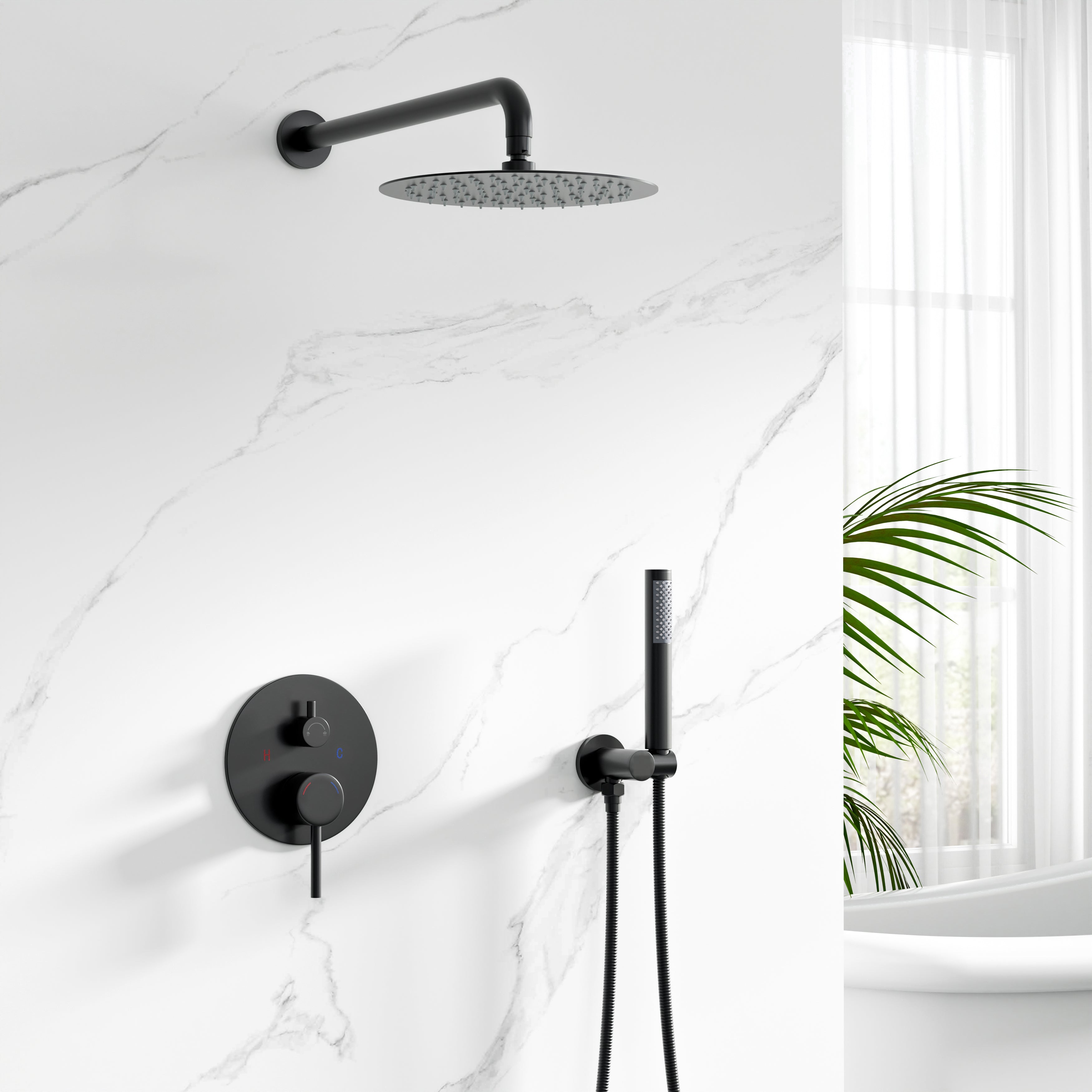
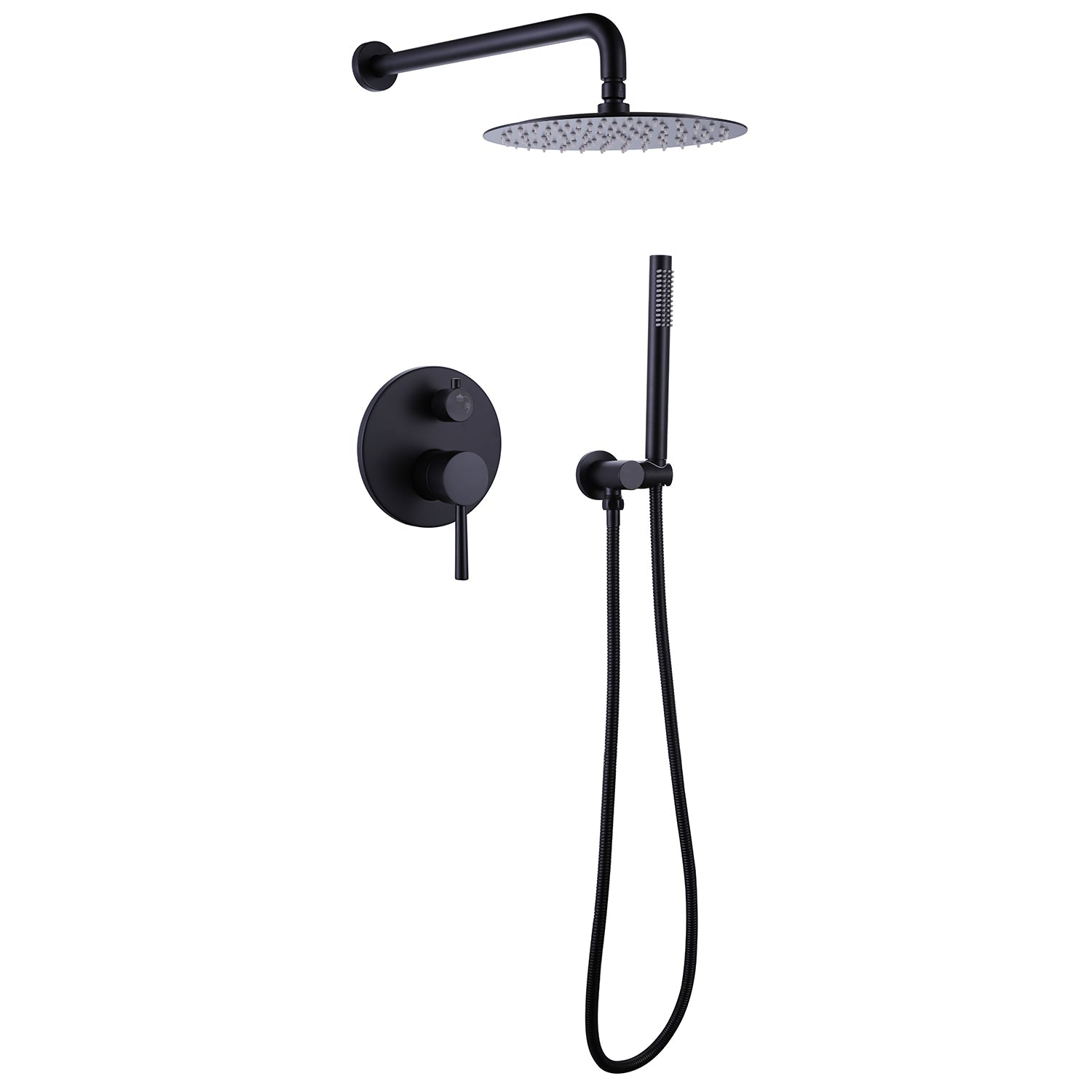


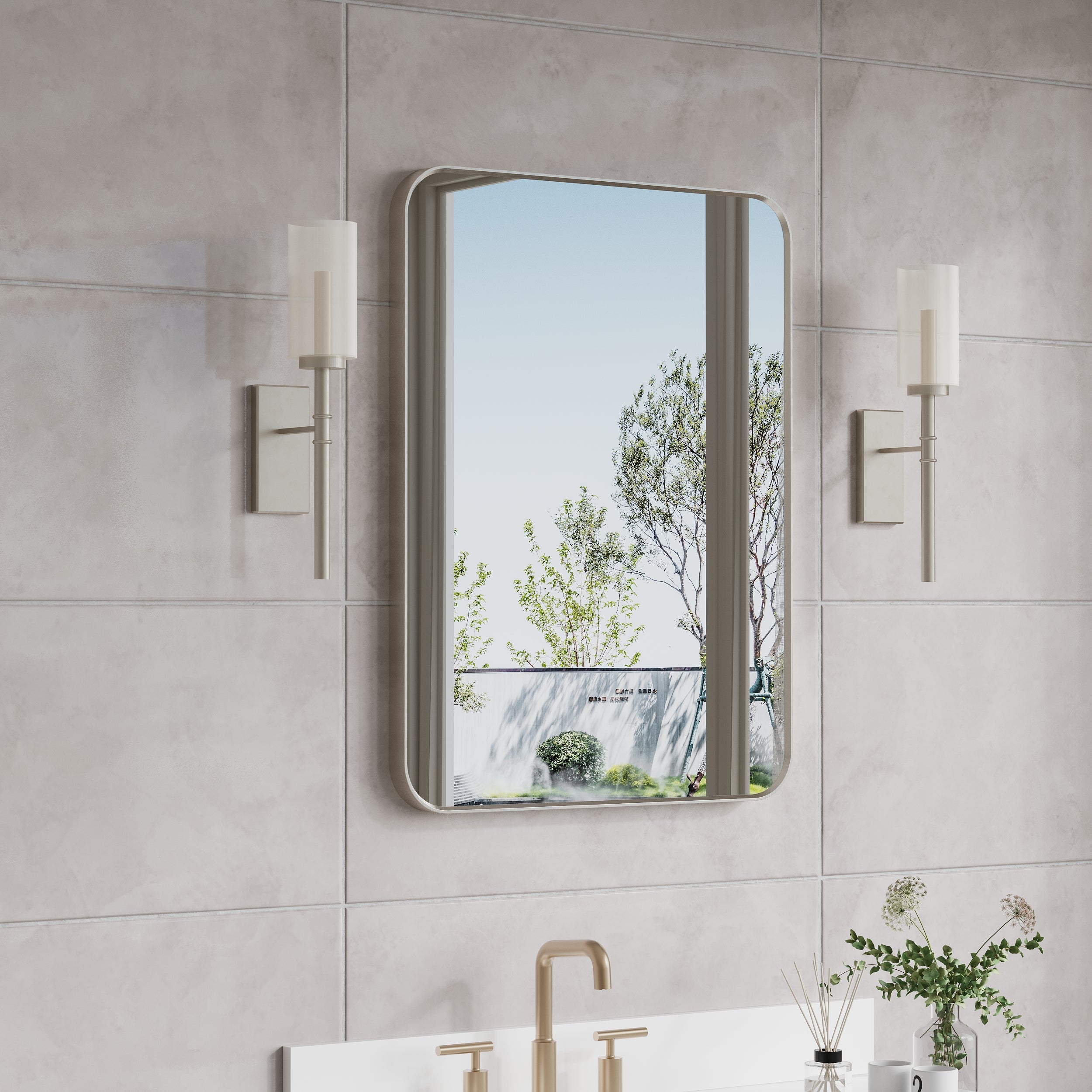
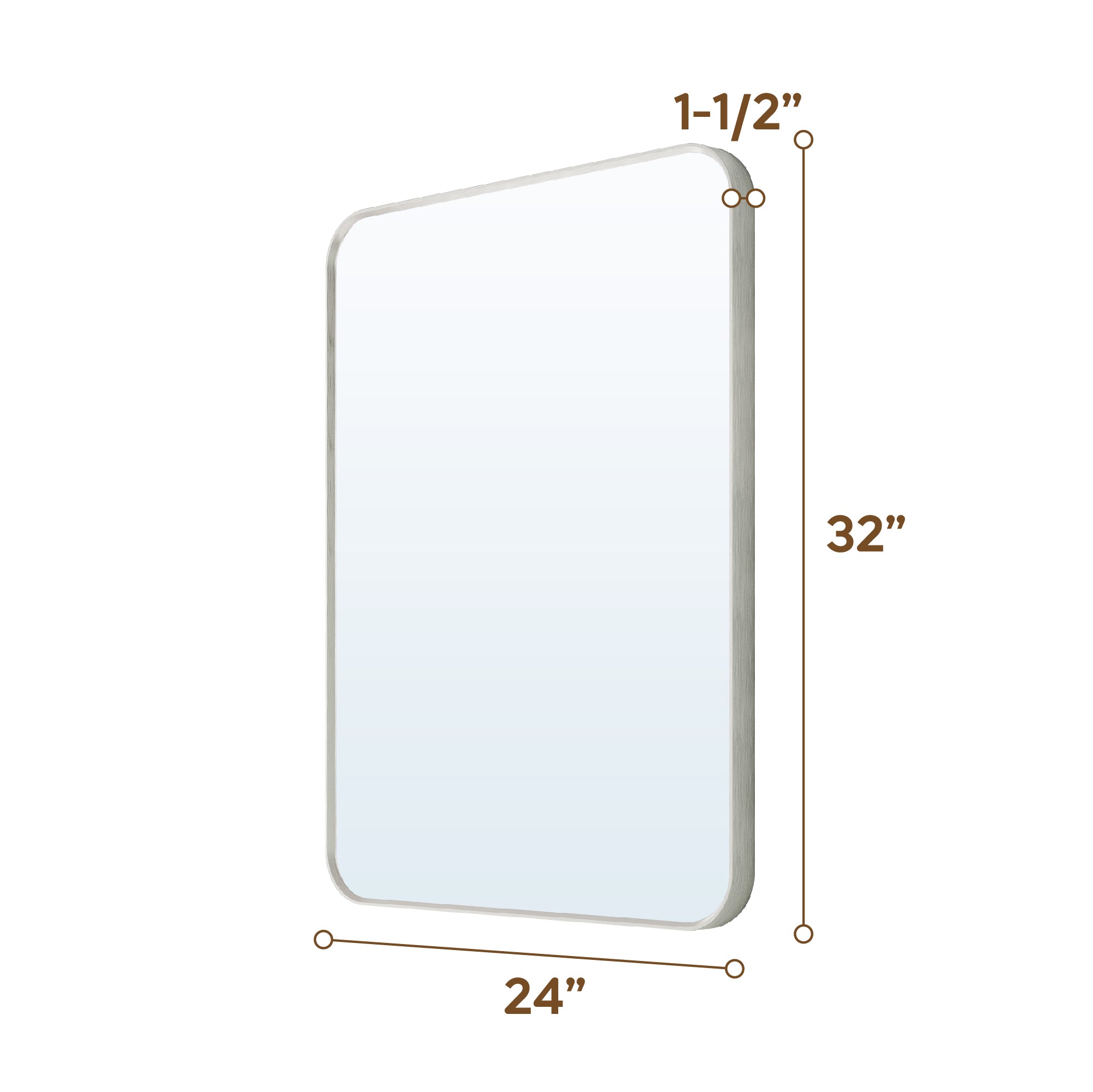

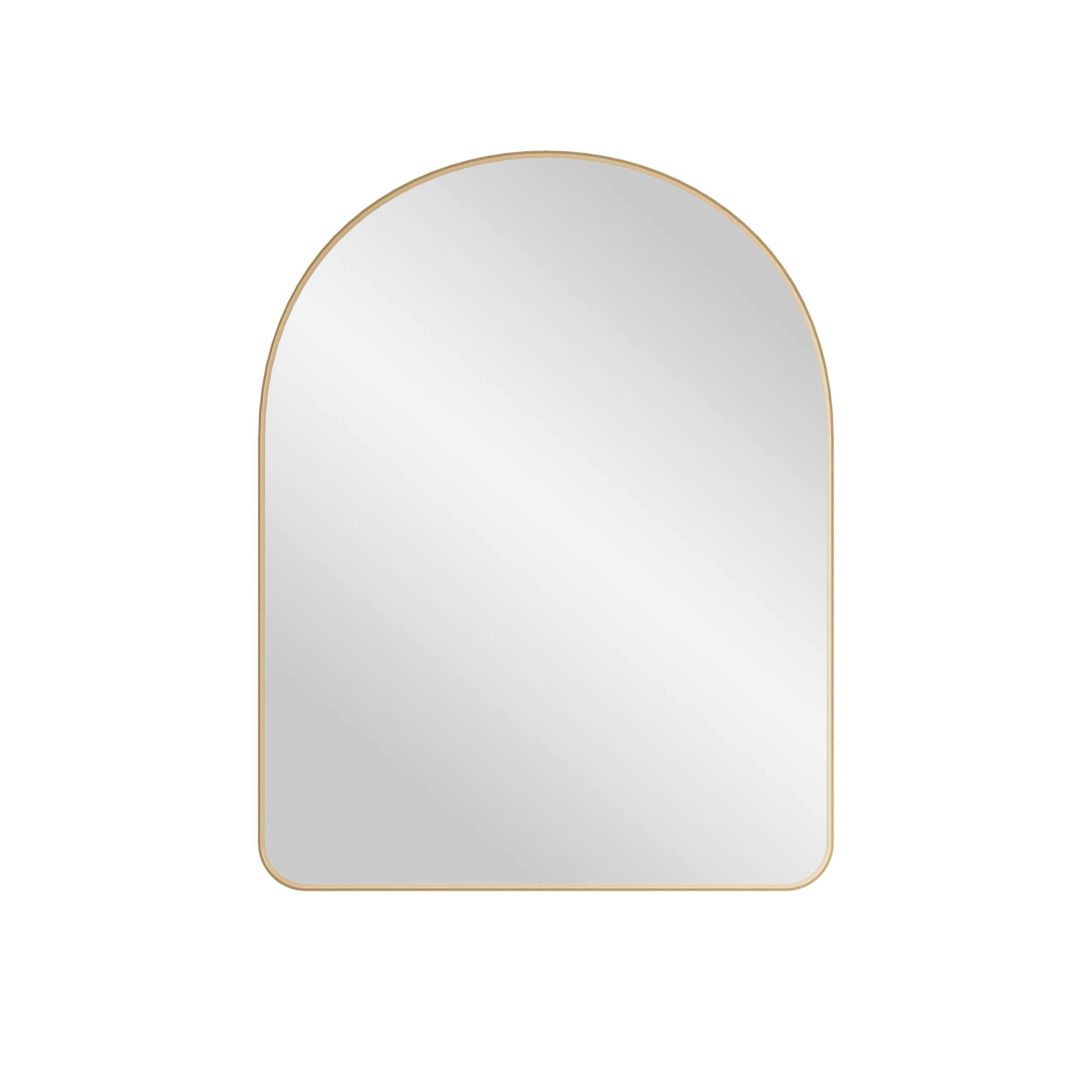

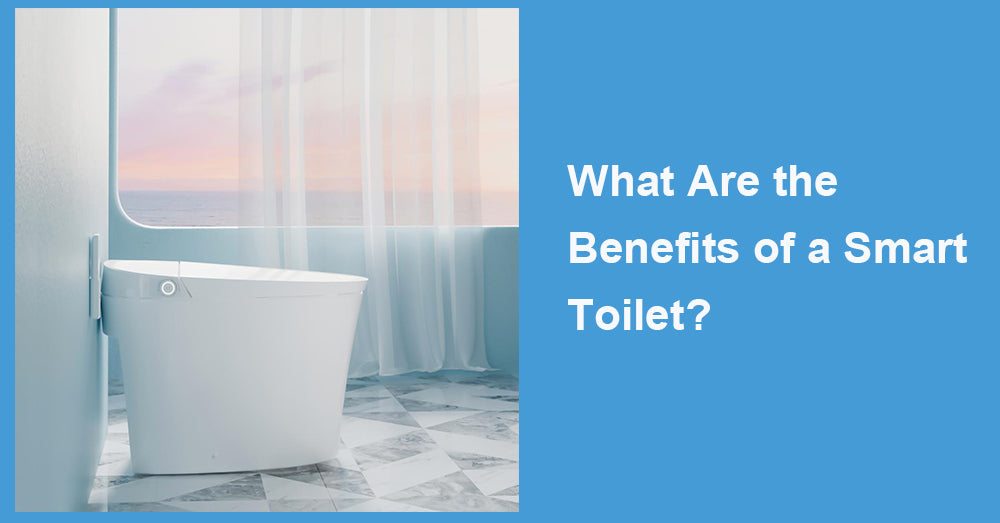
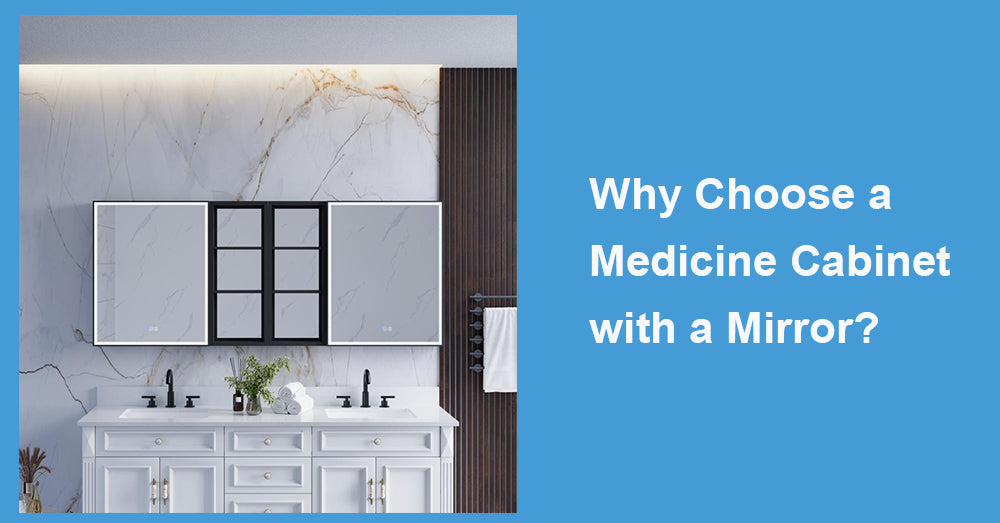
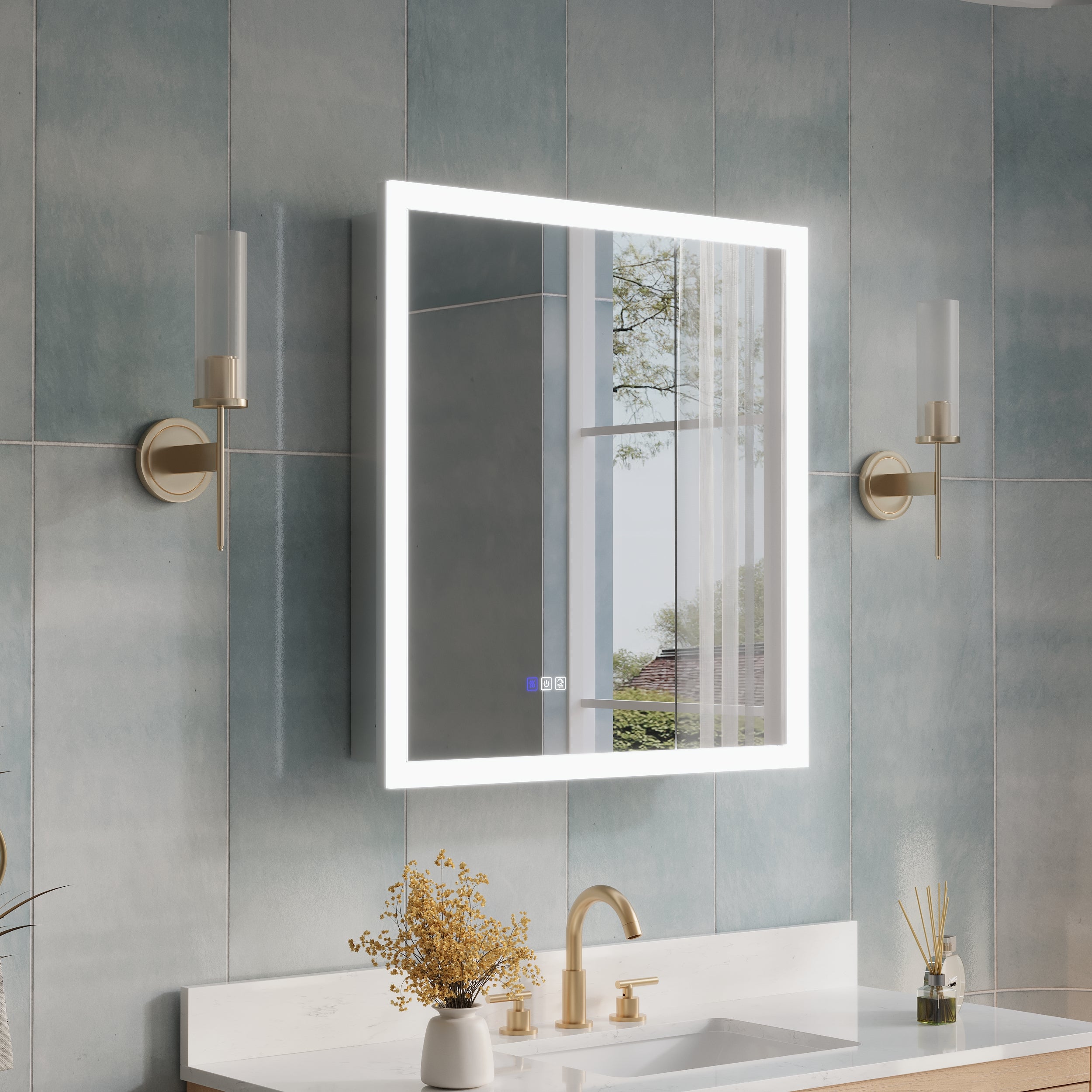
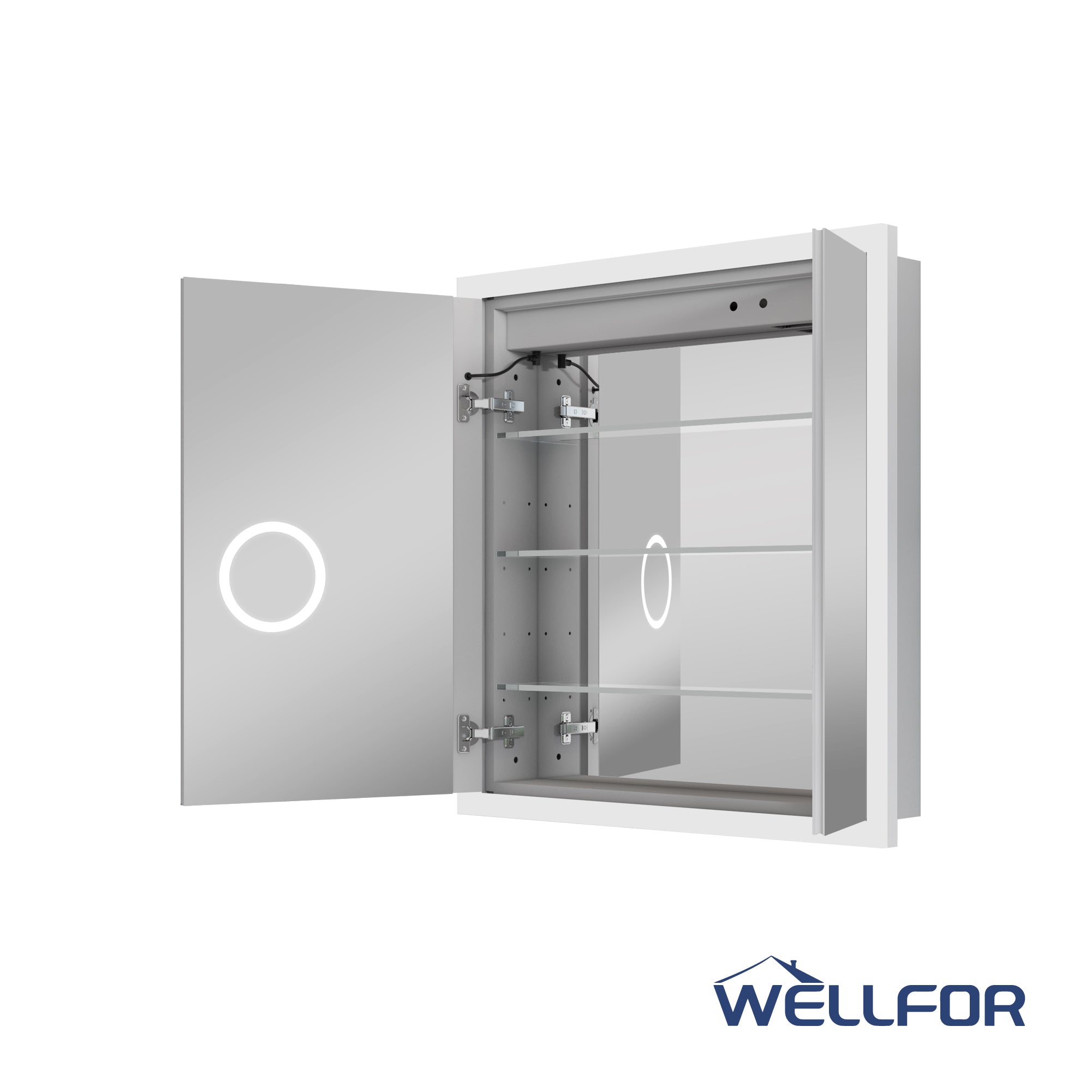
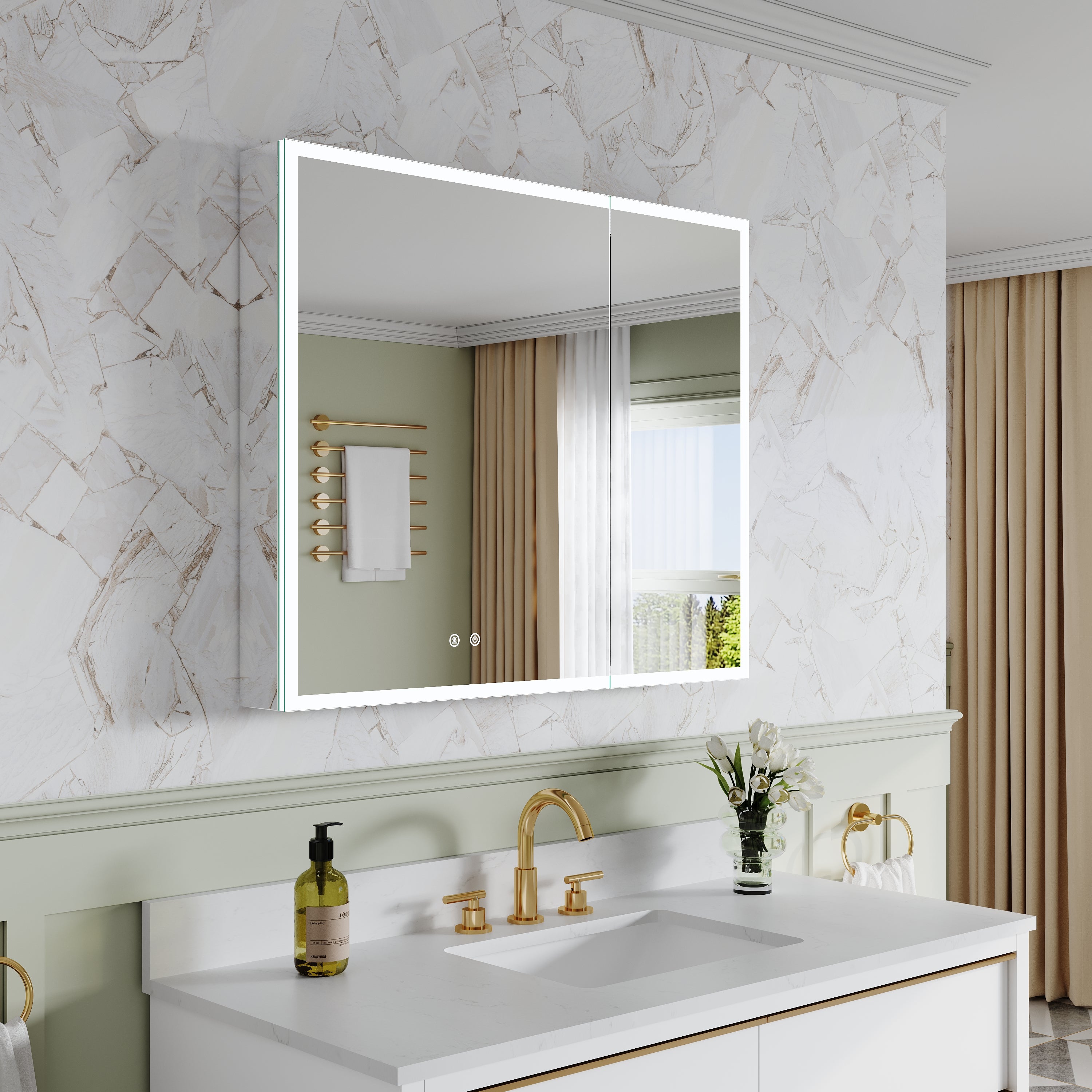
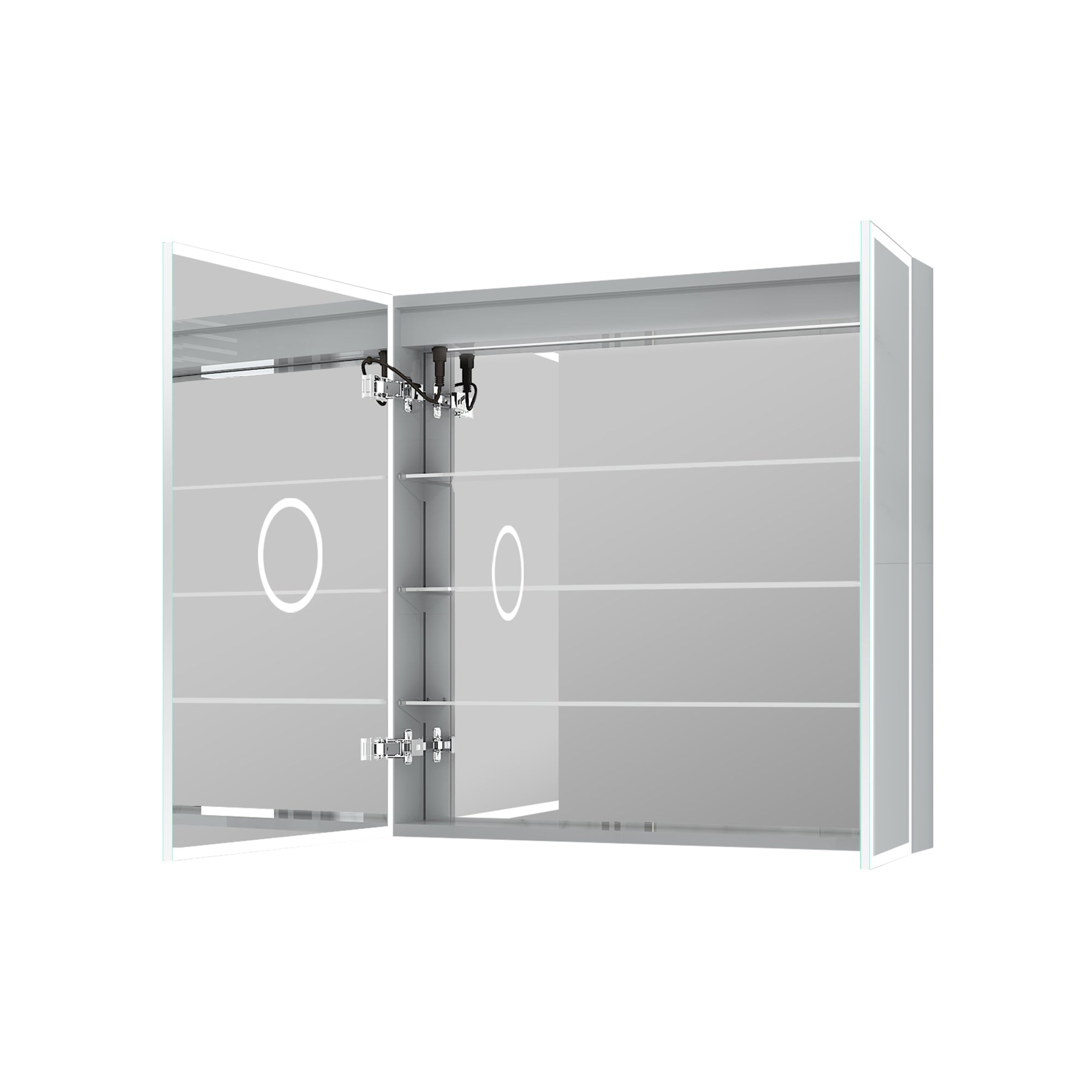
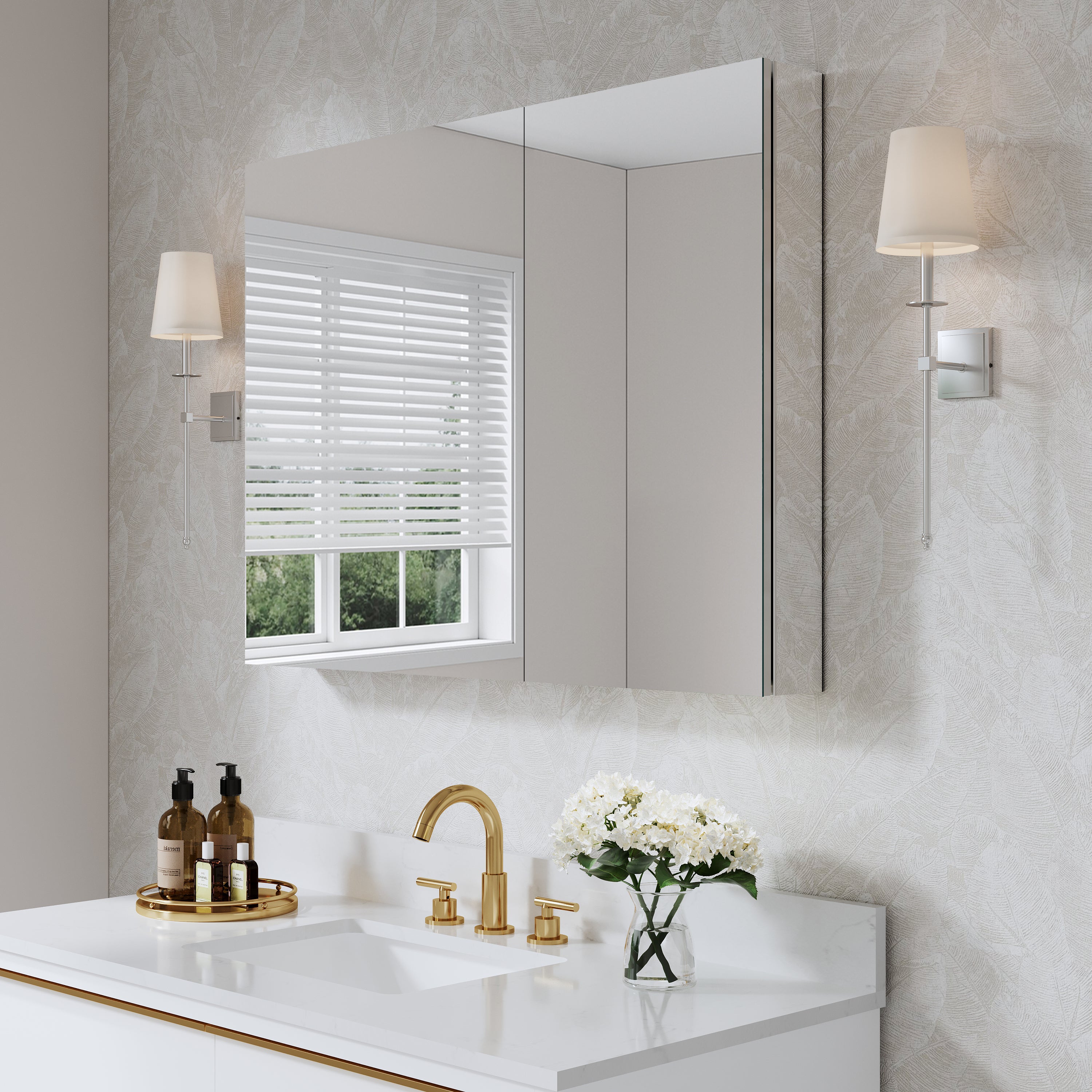

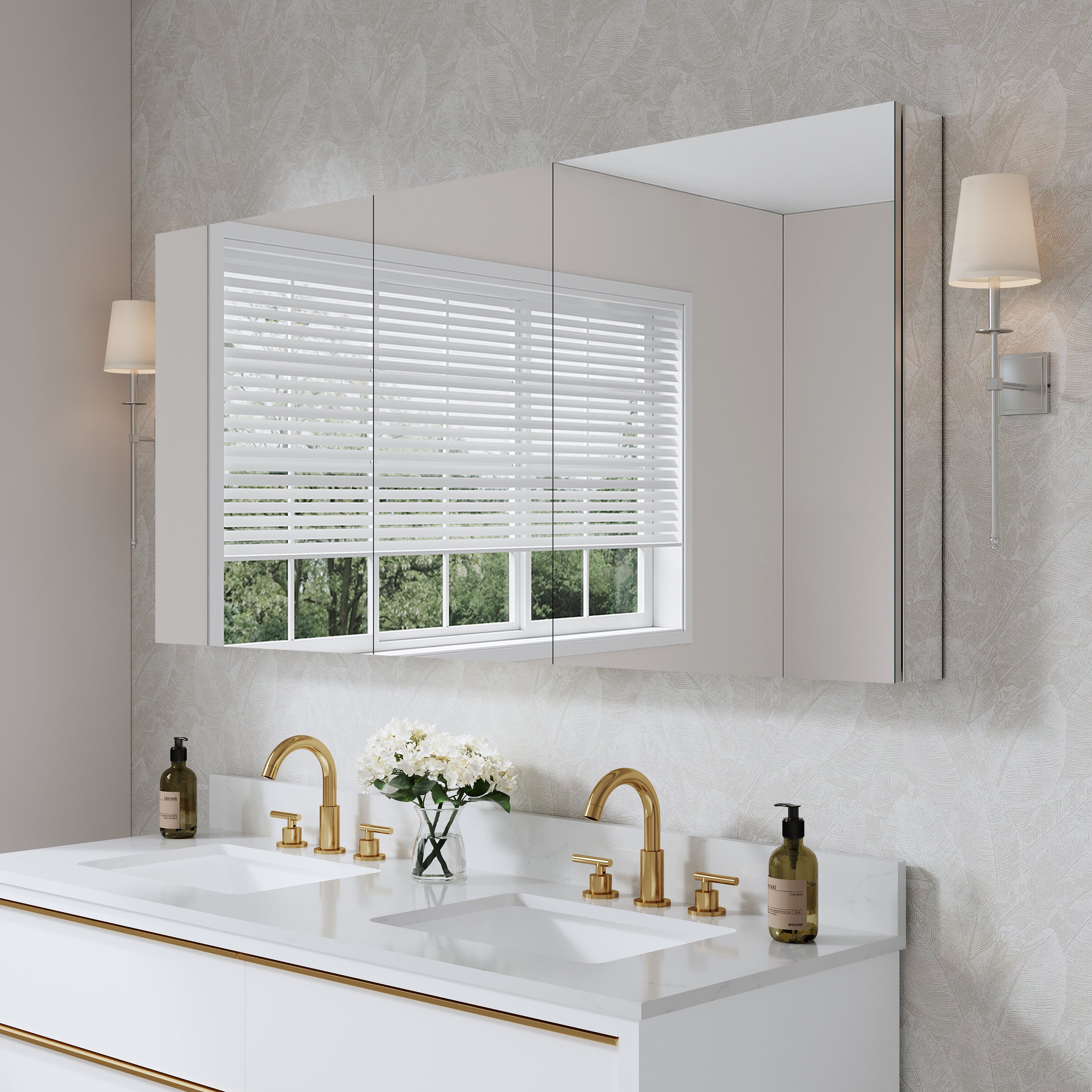

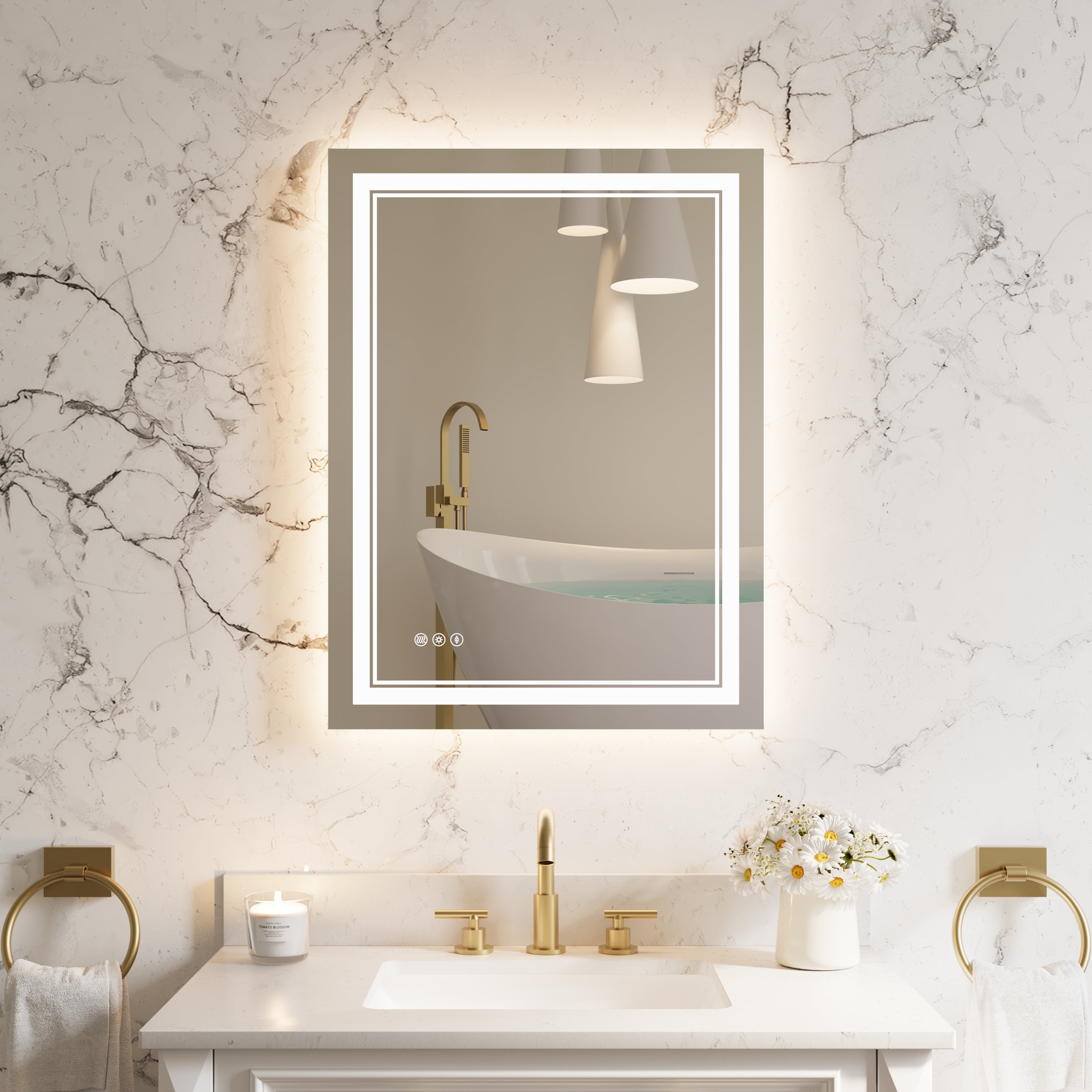
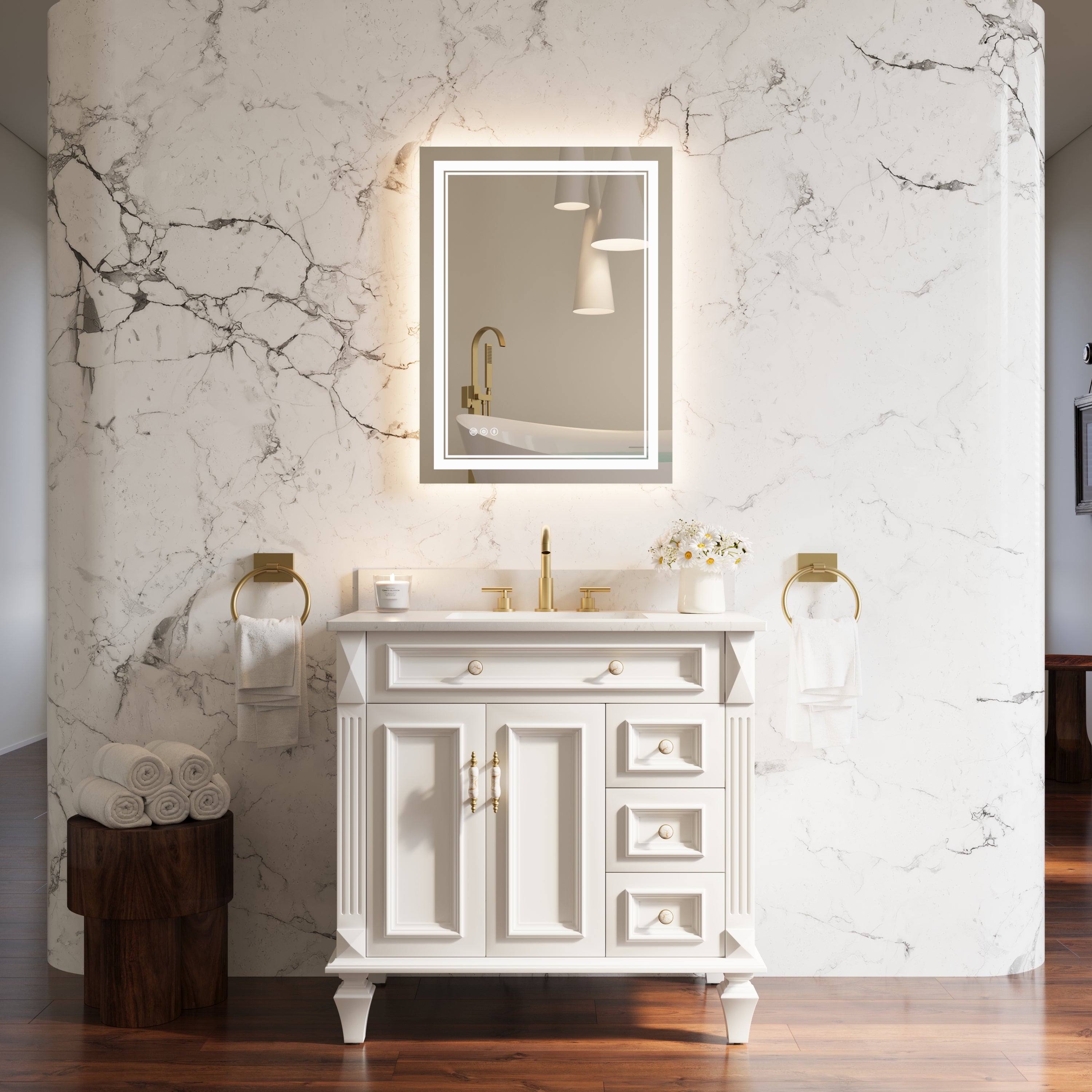
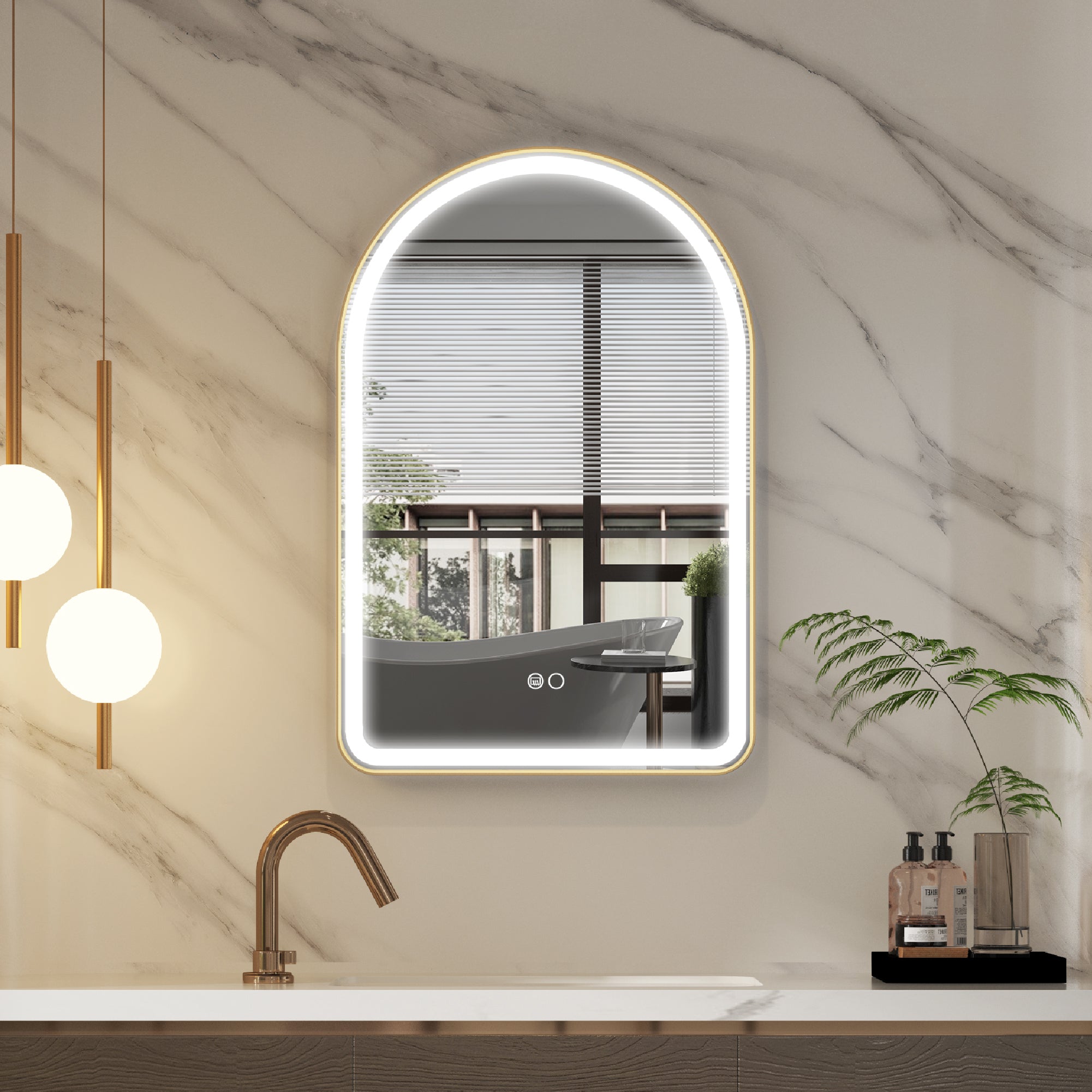
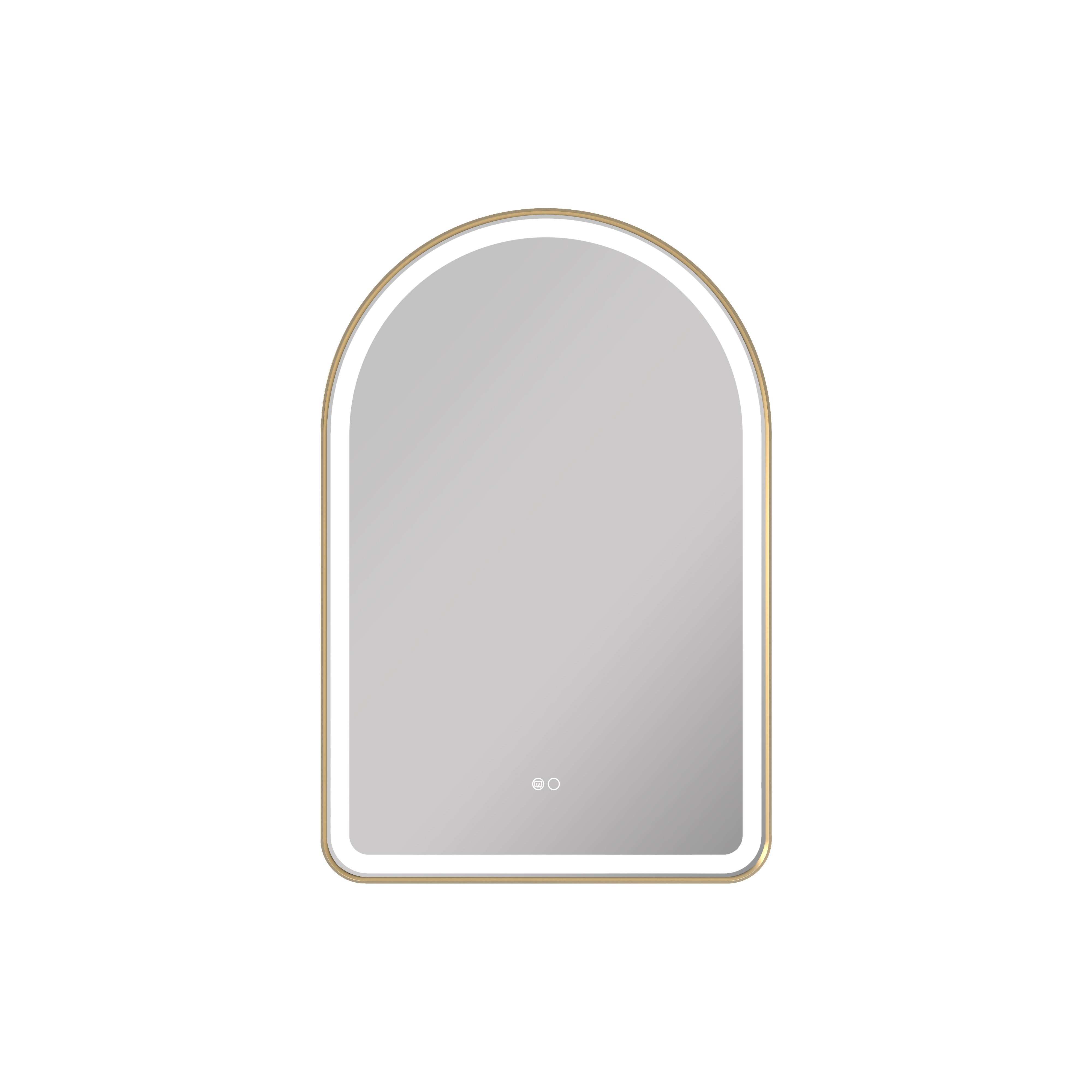
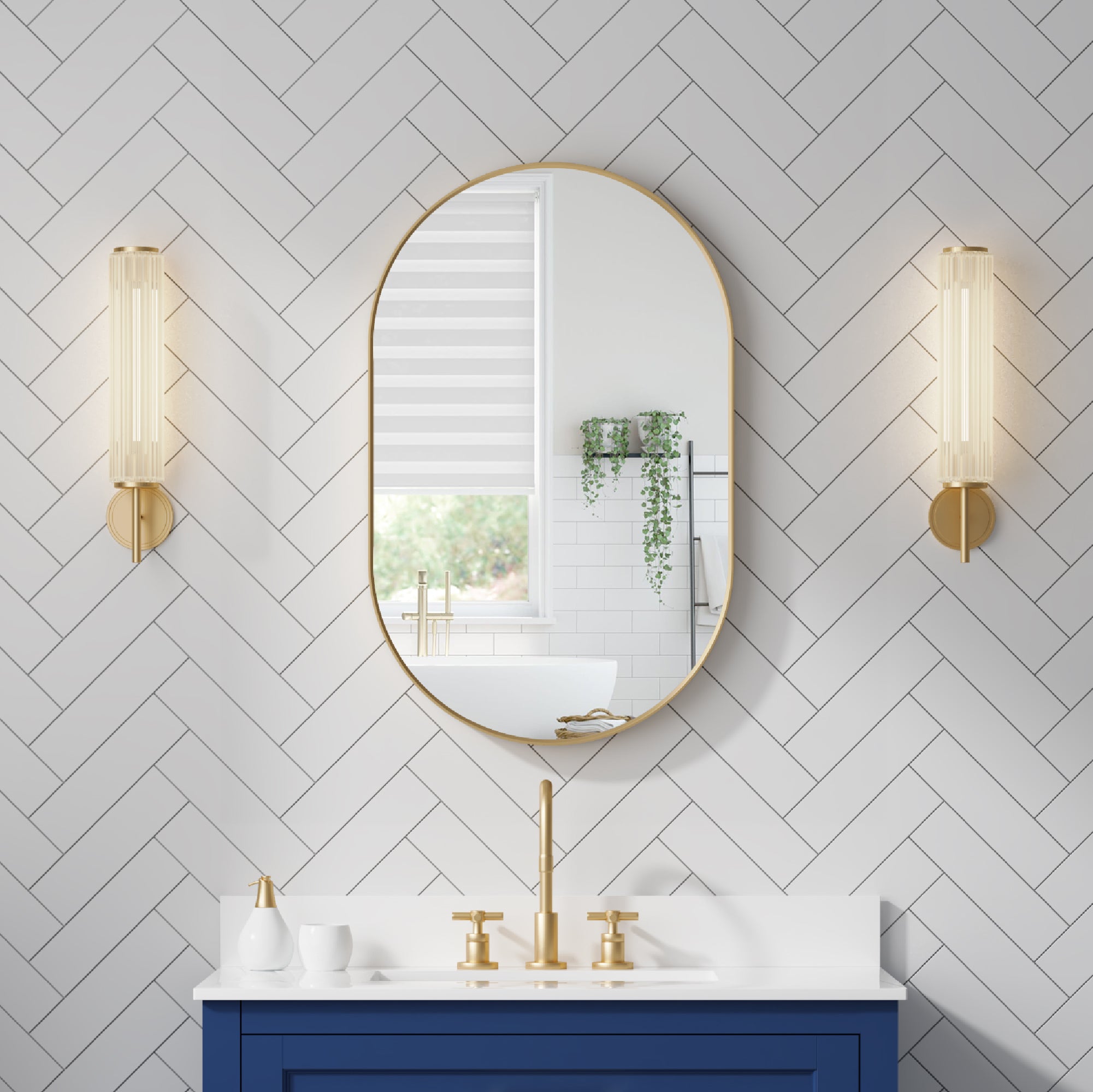
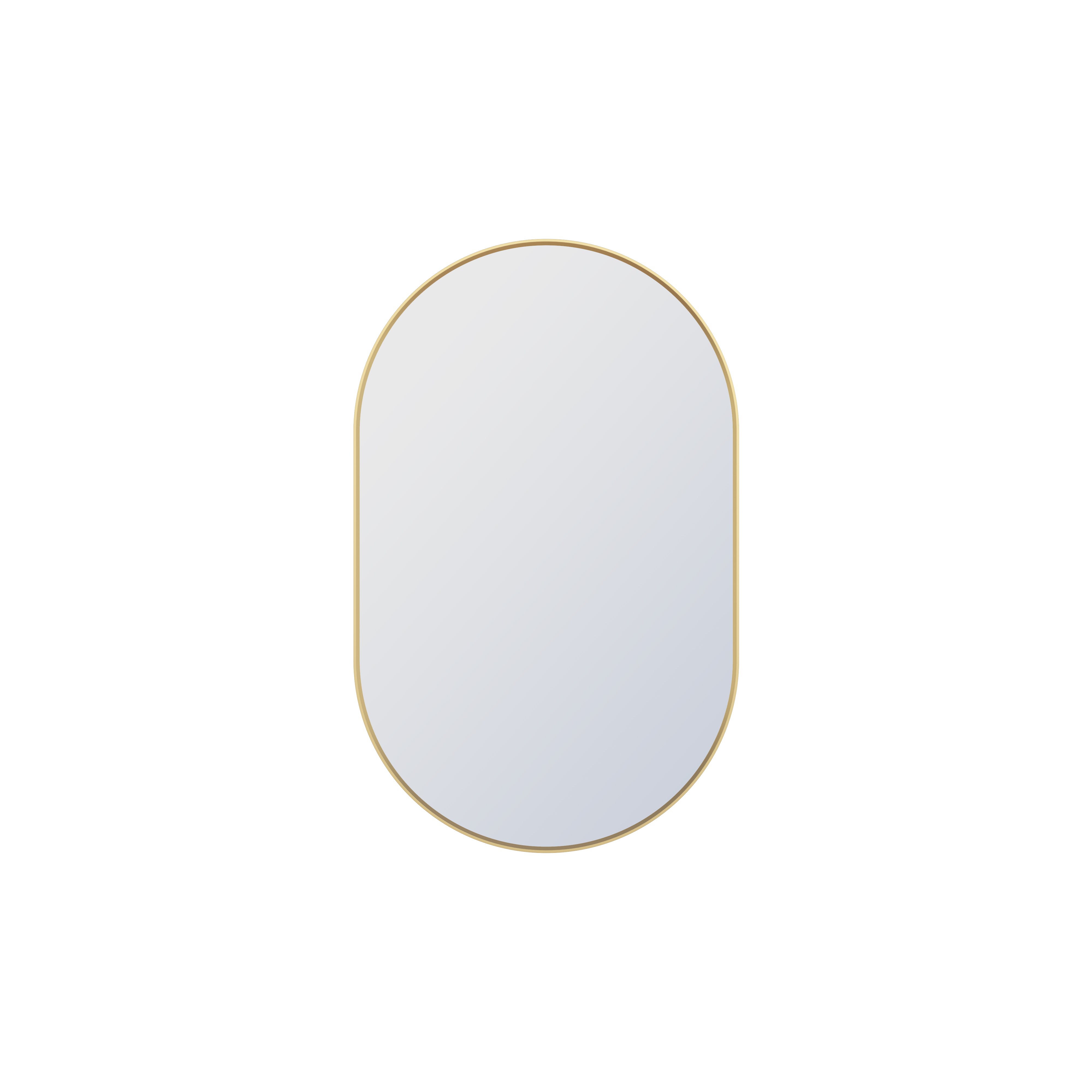


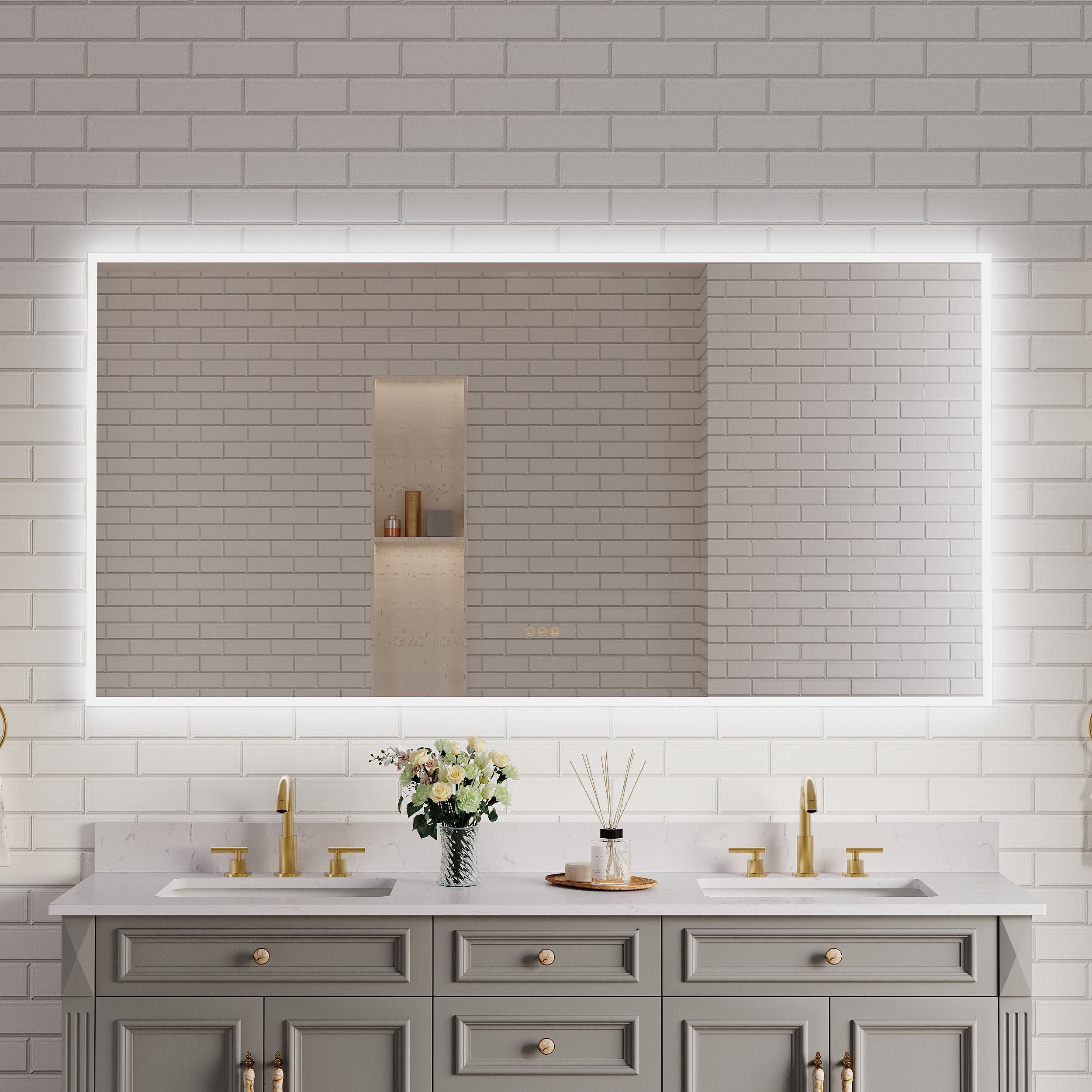





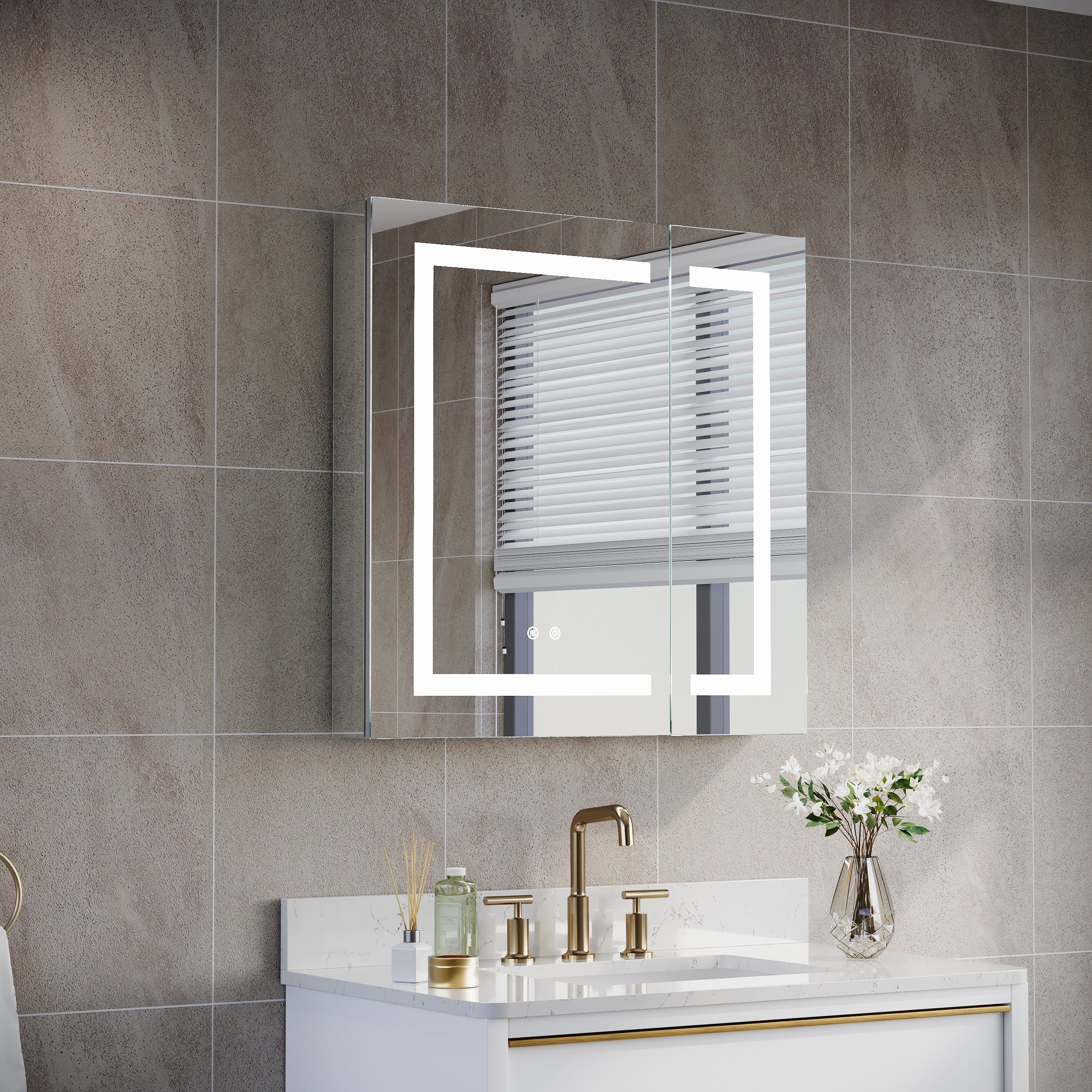
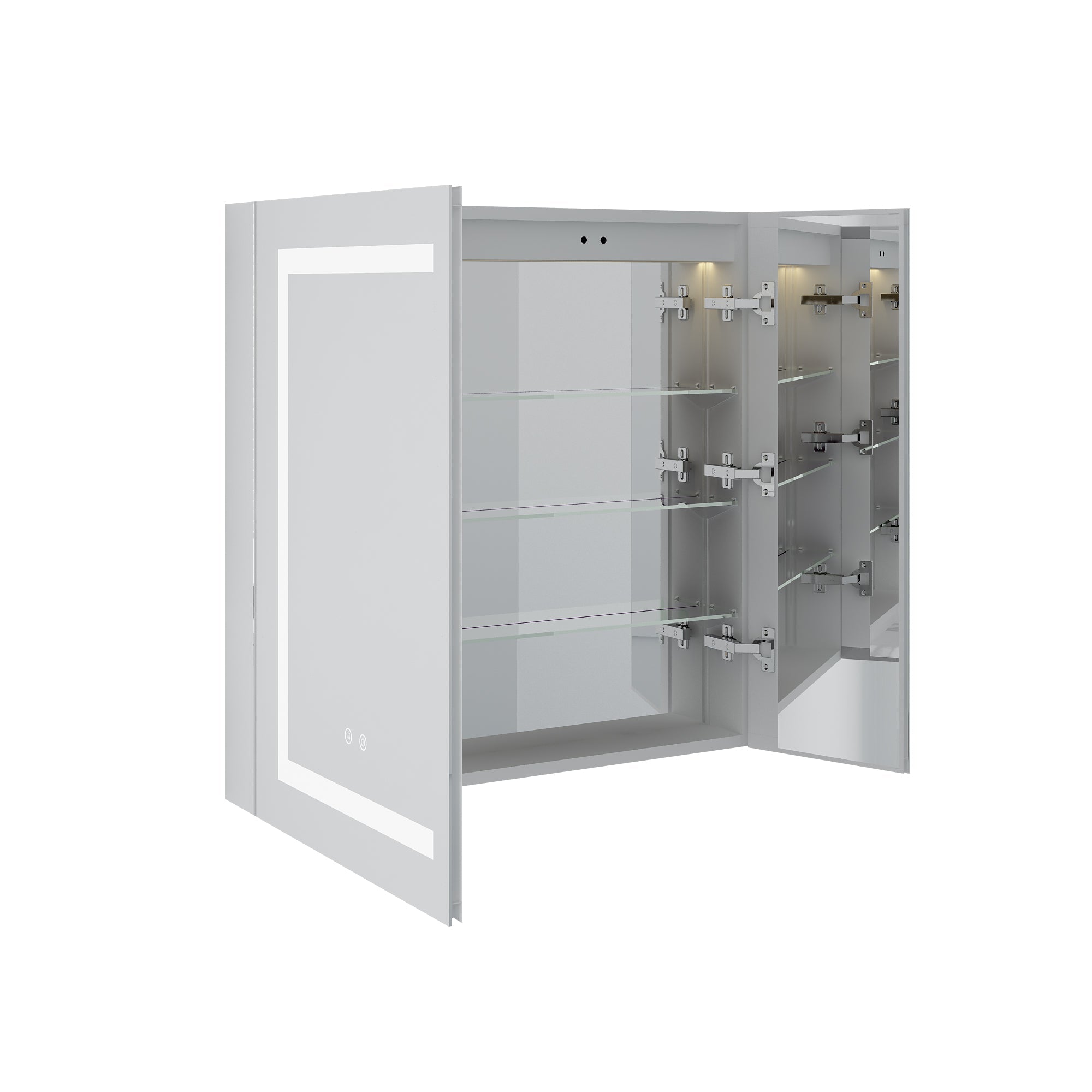




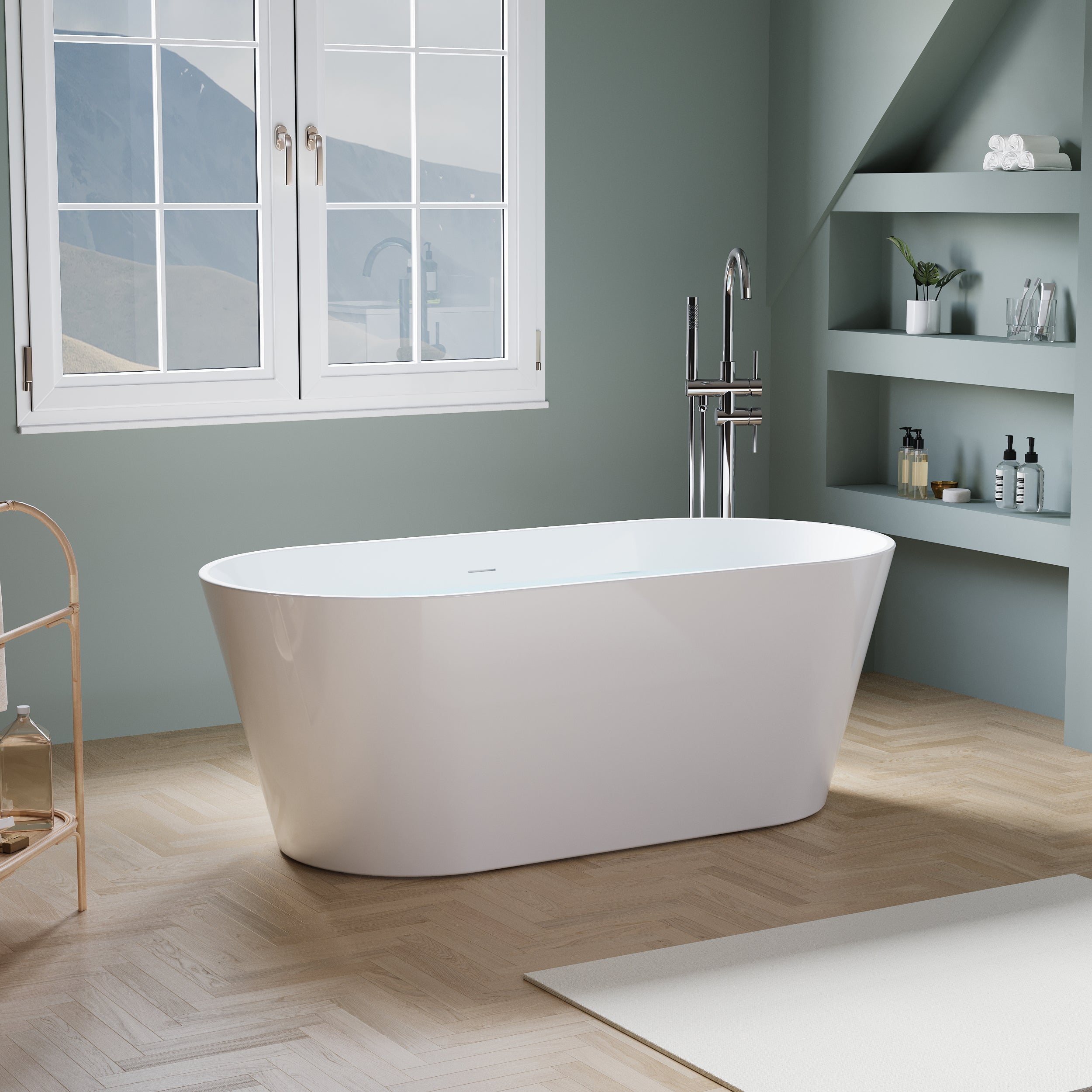
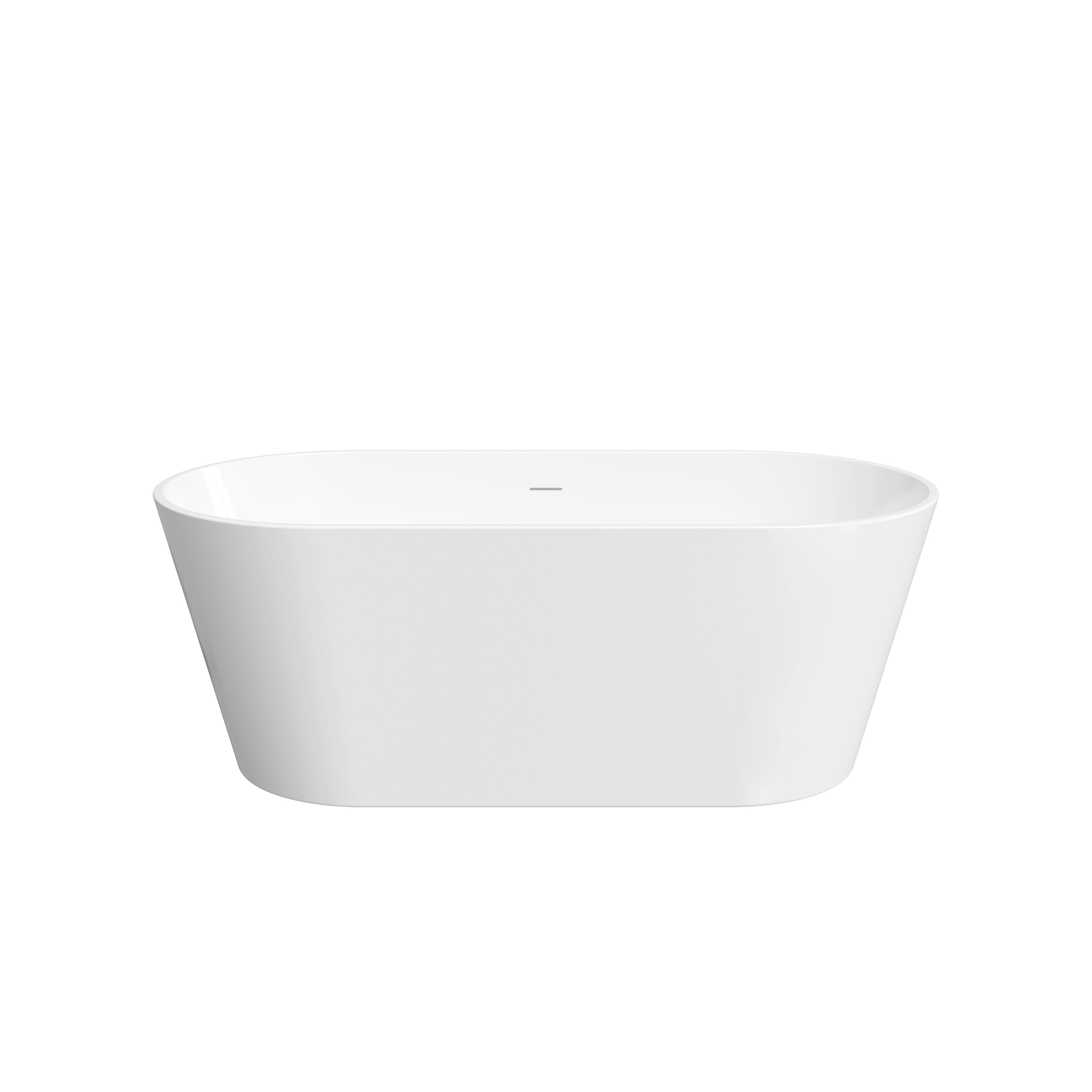


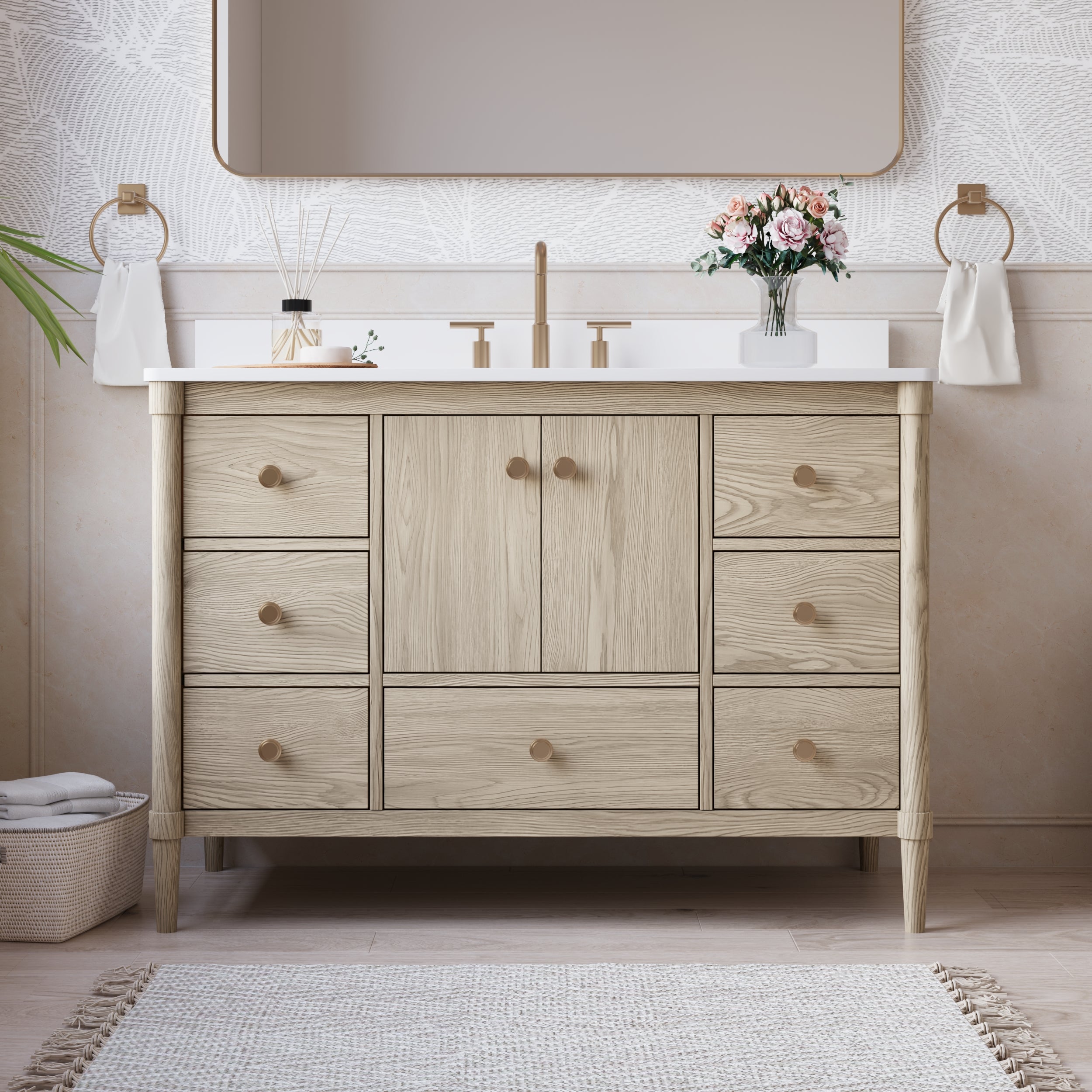
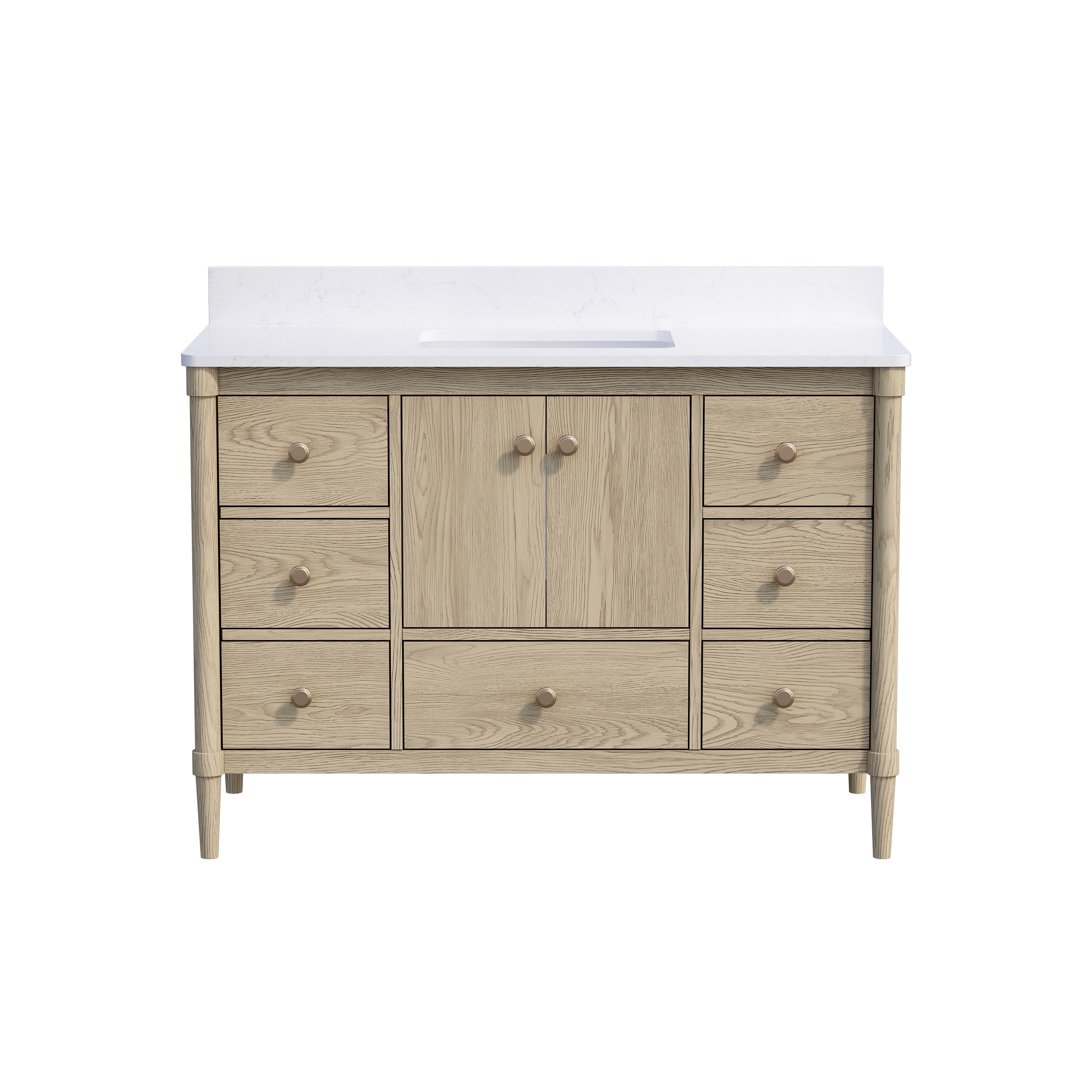
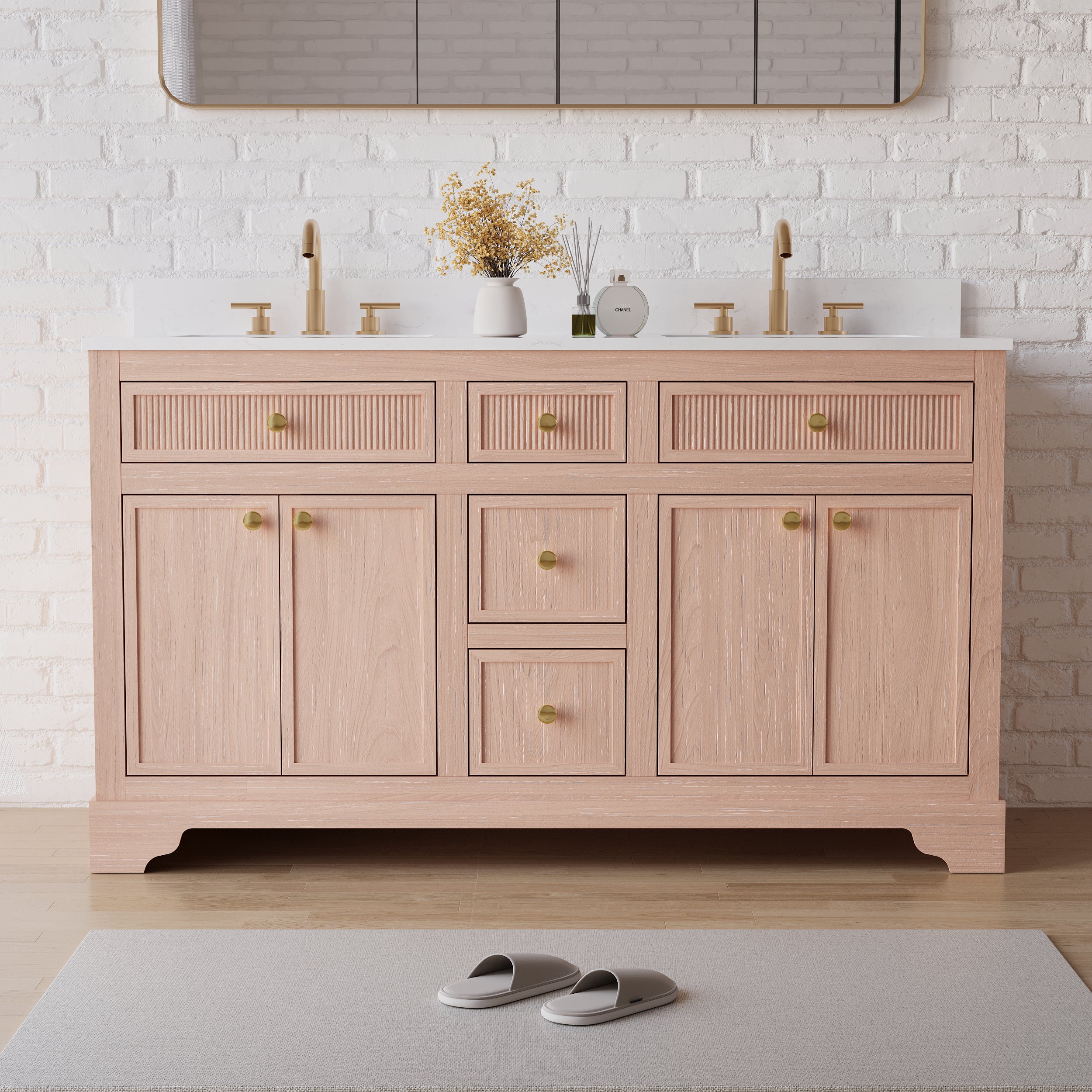
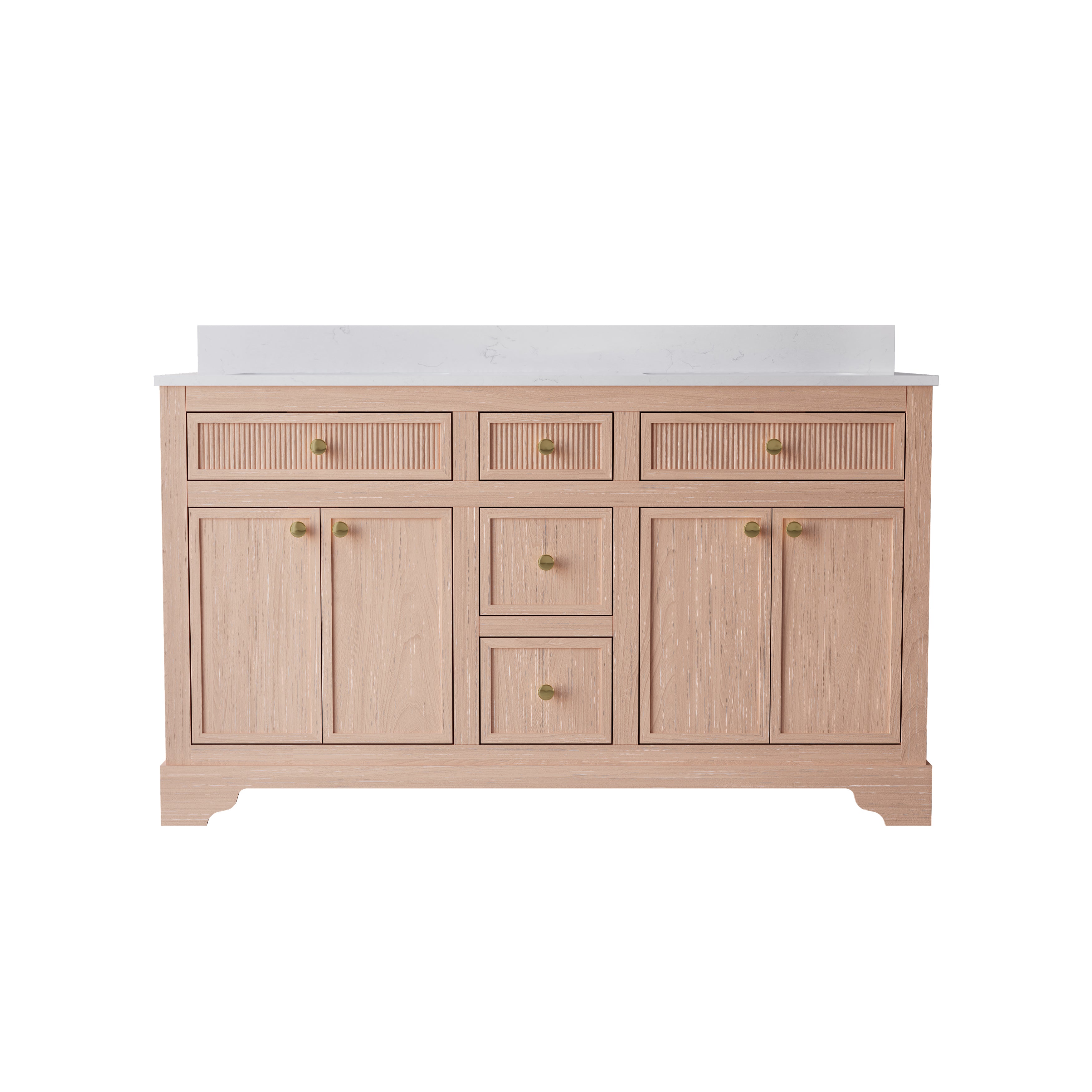
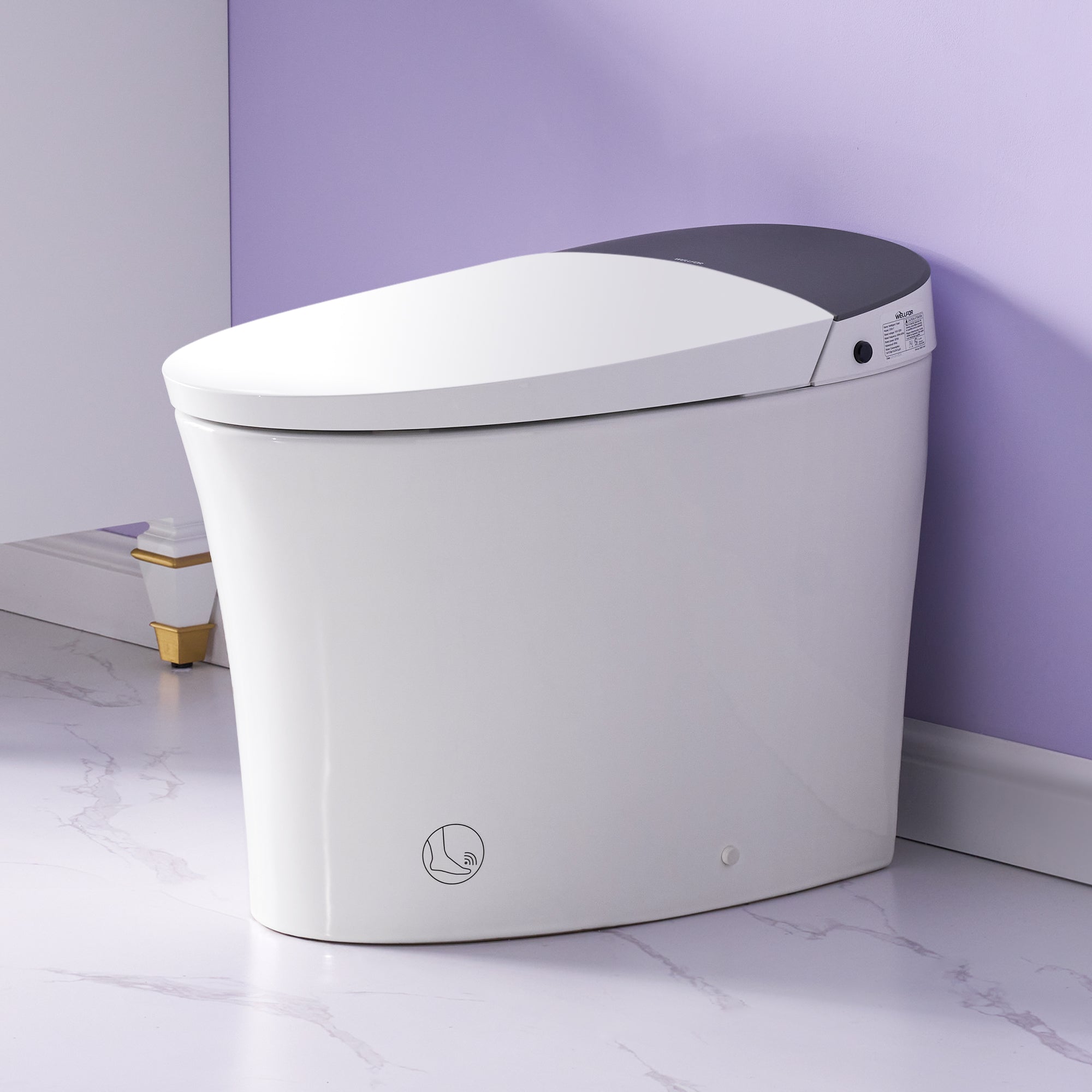
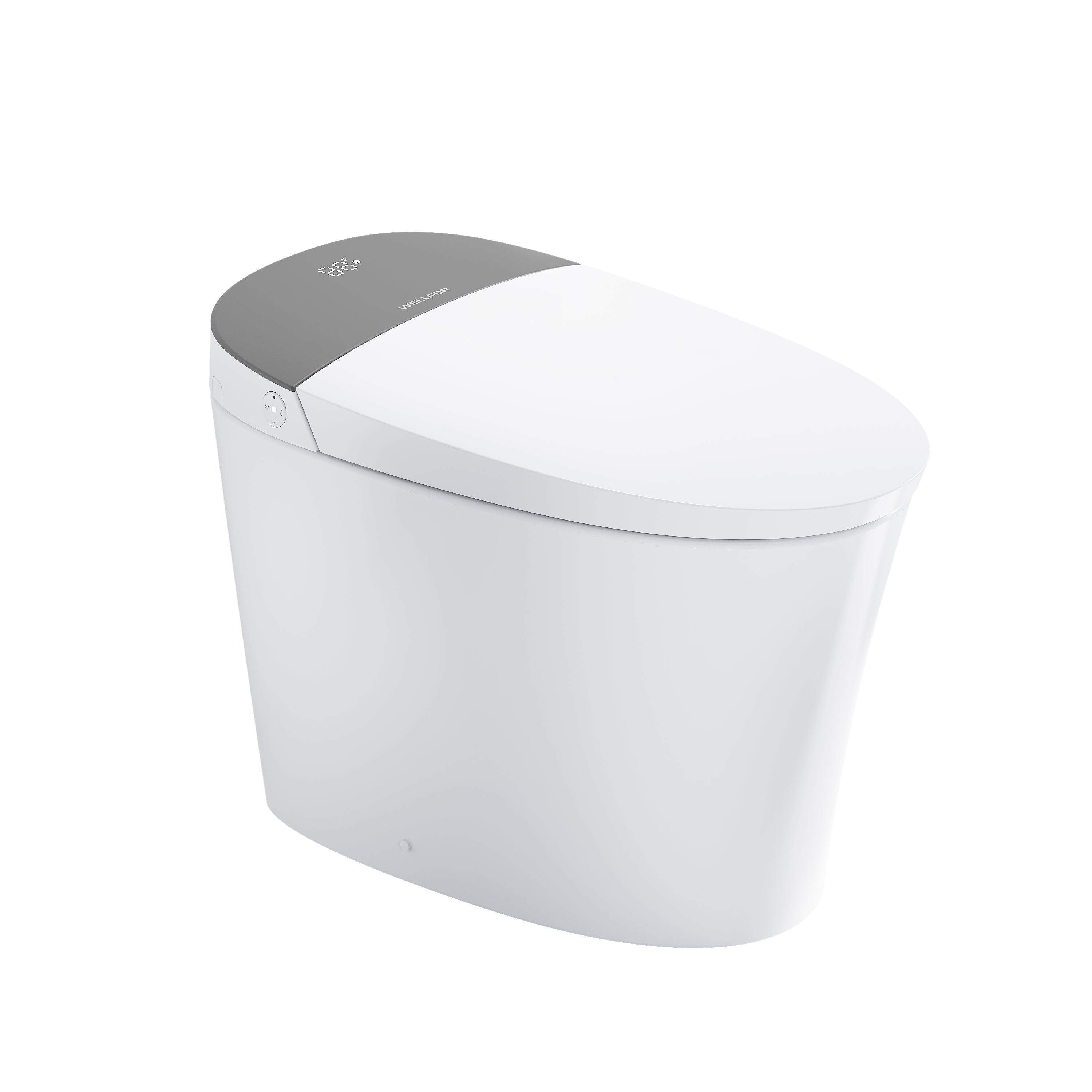
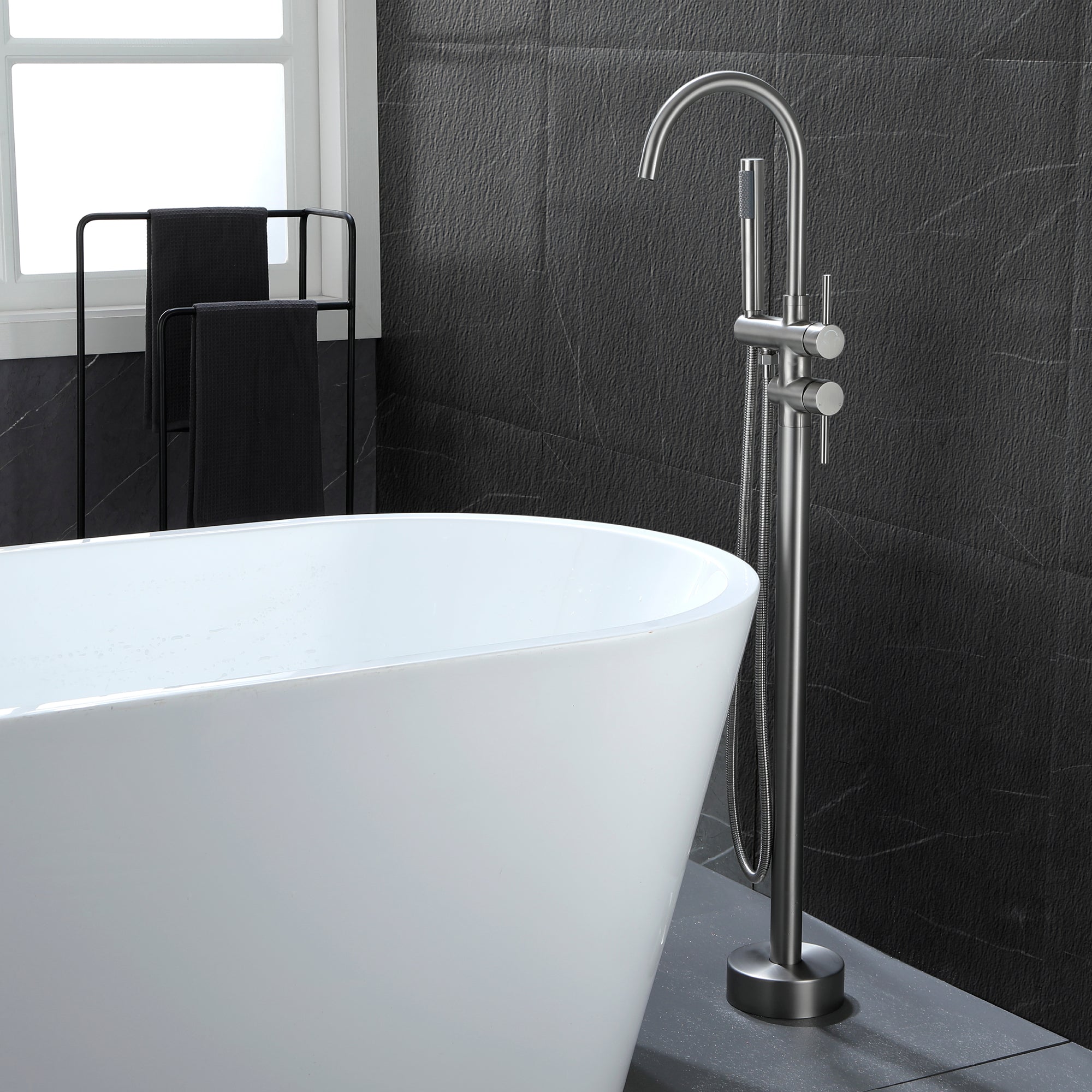

Leave a comment
This site is protected by hCaptcha and the hCaptcha Privacy Policy and Terms of Service apply.